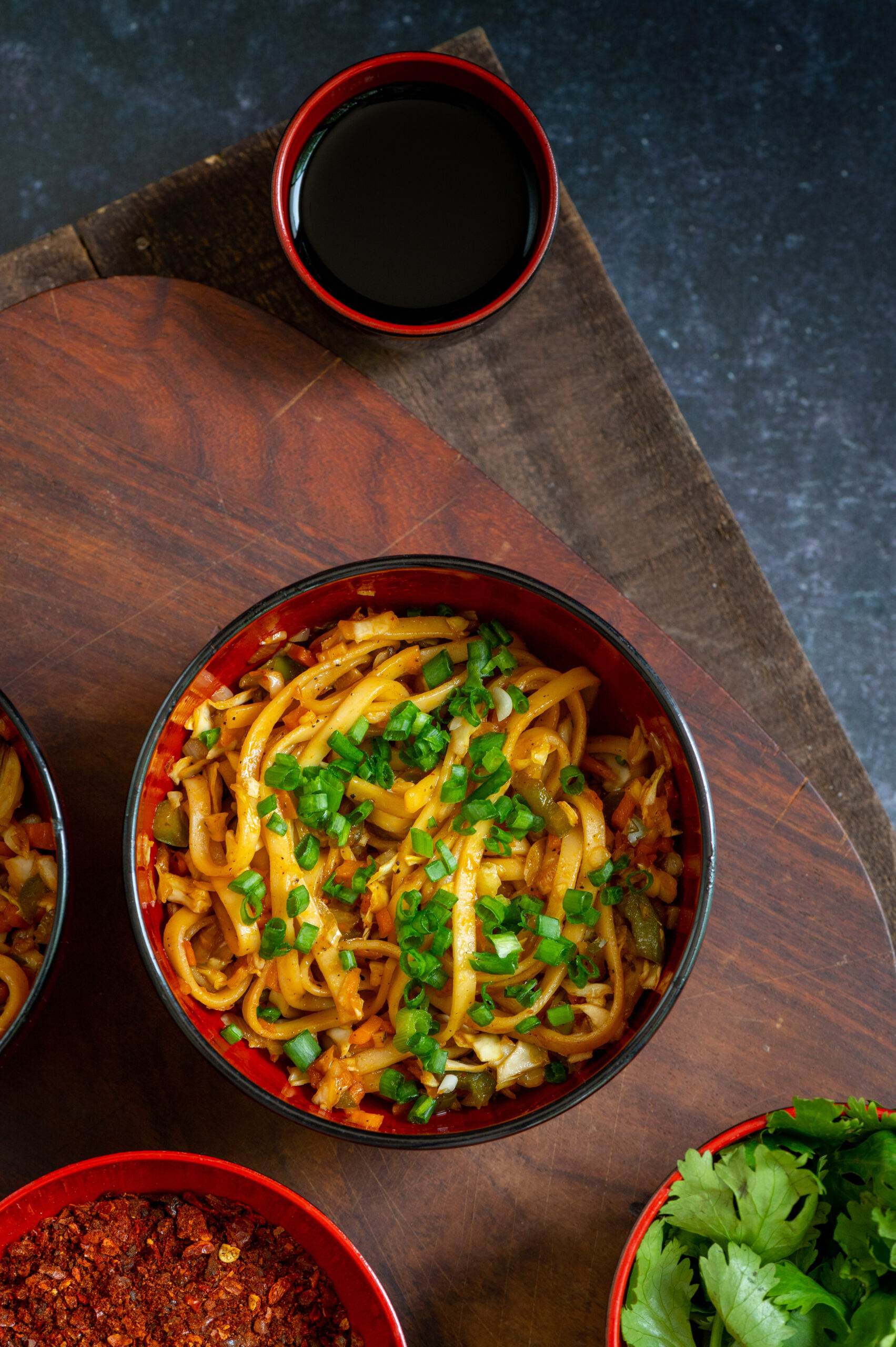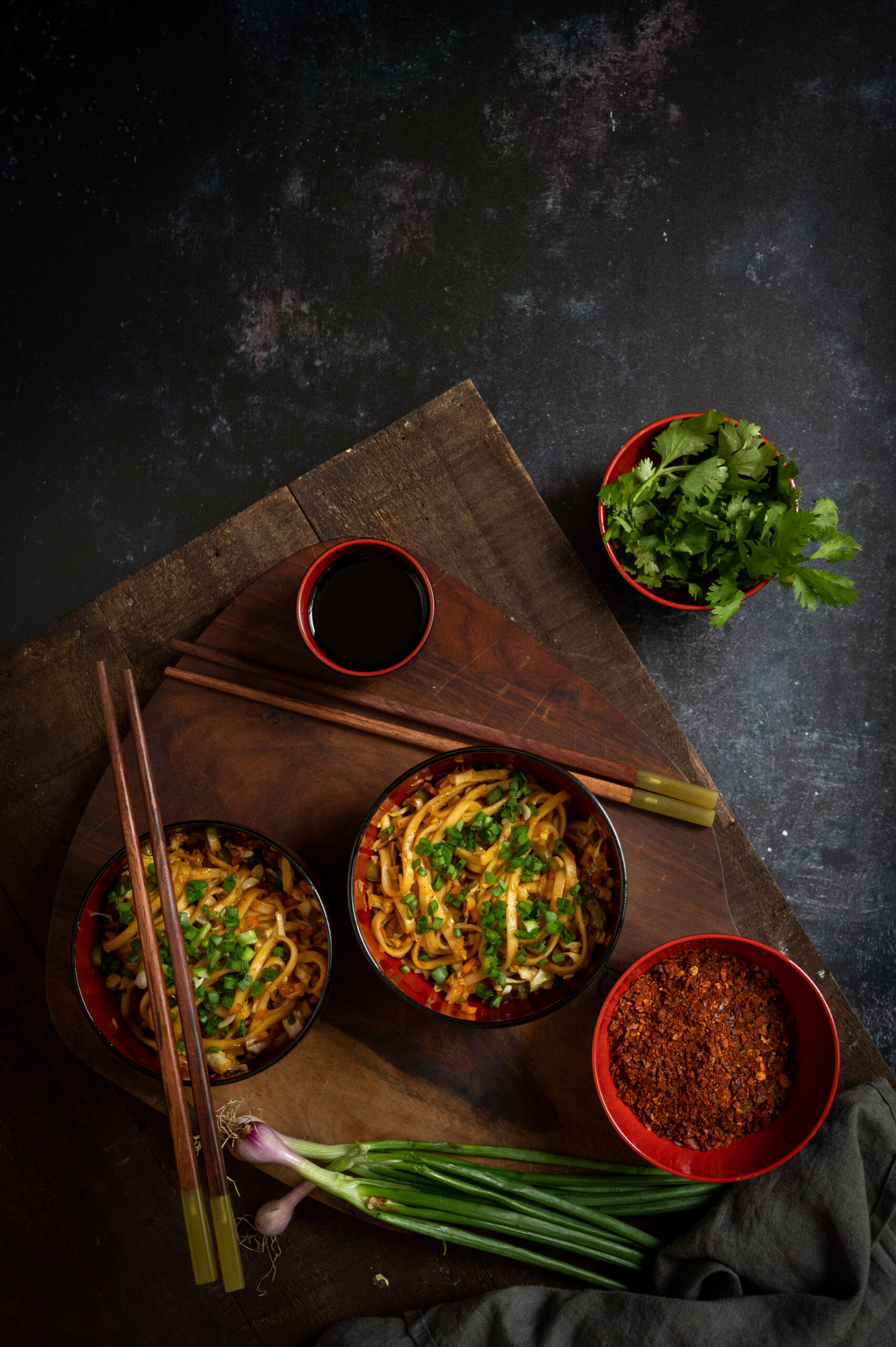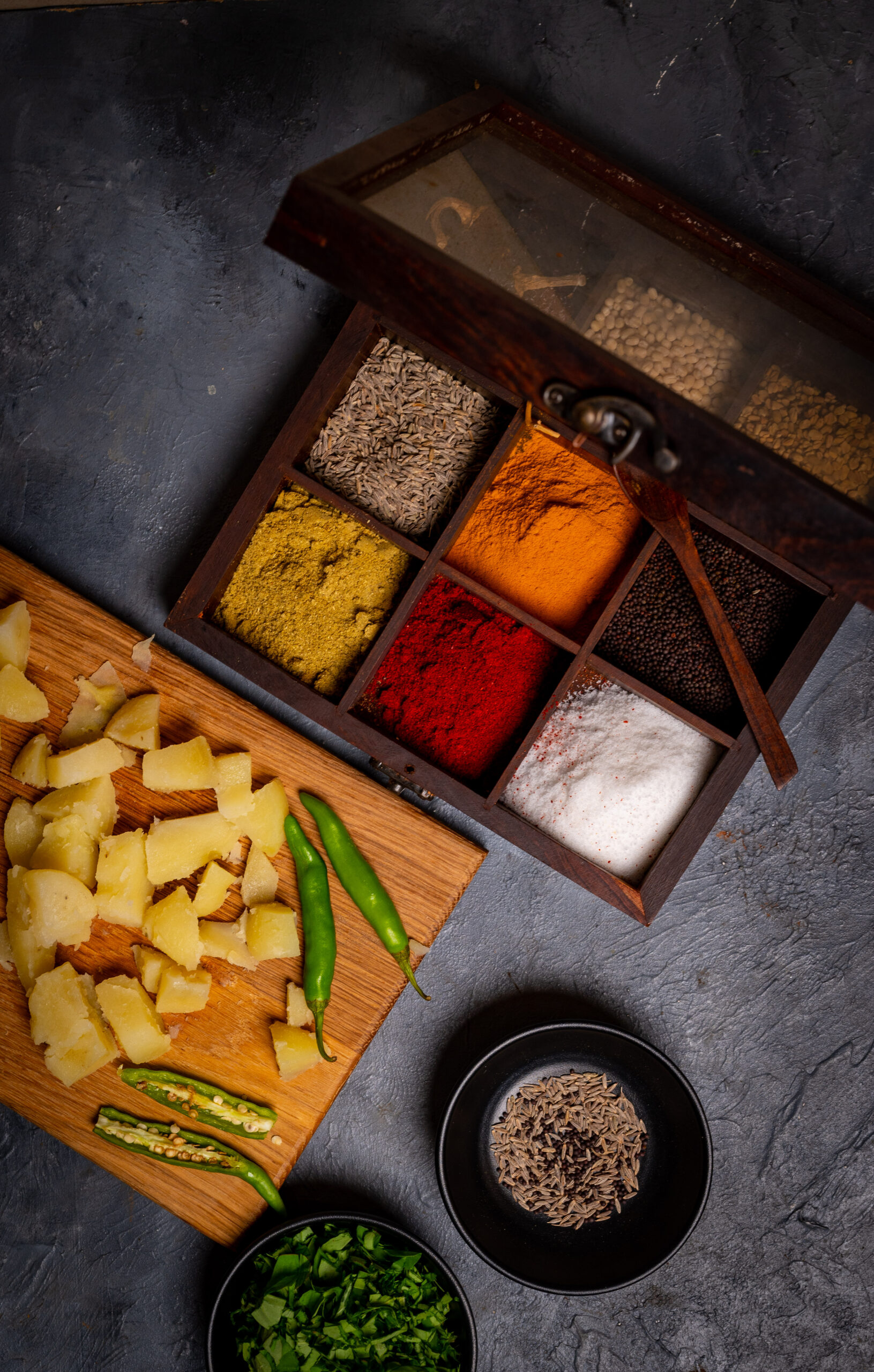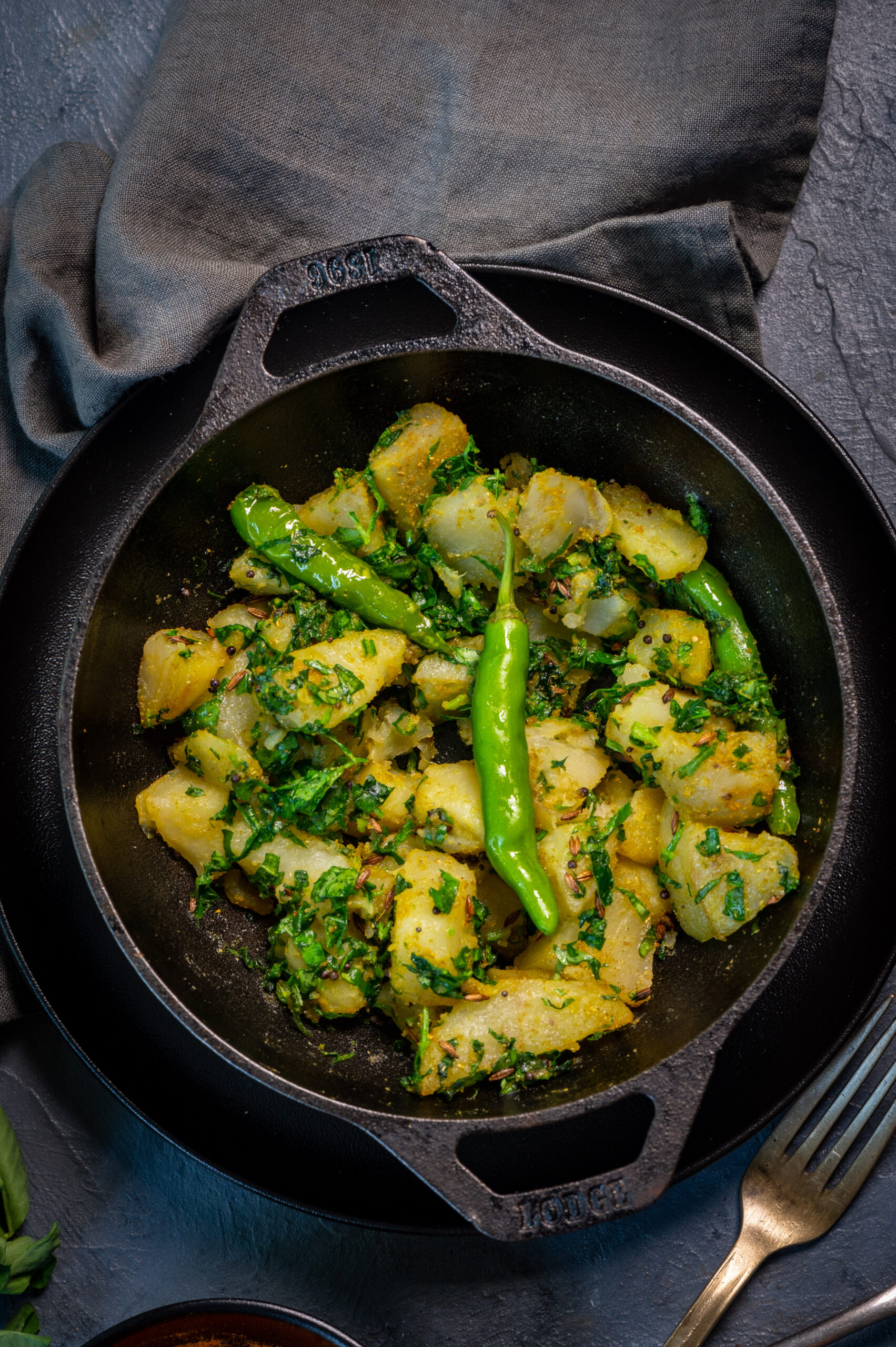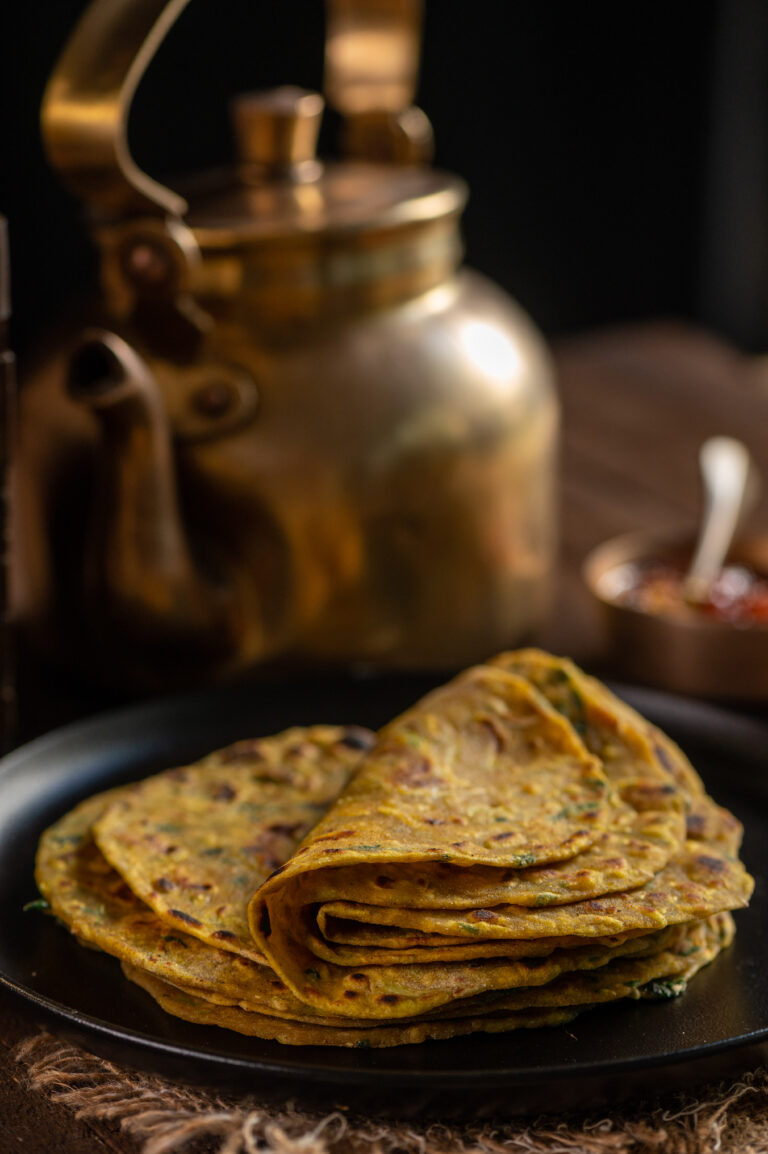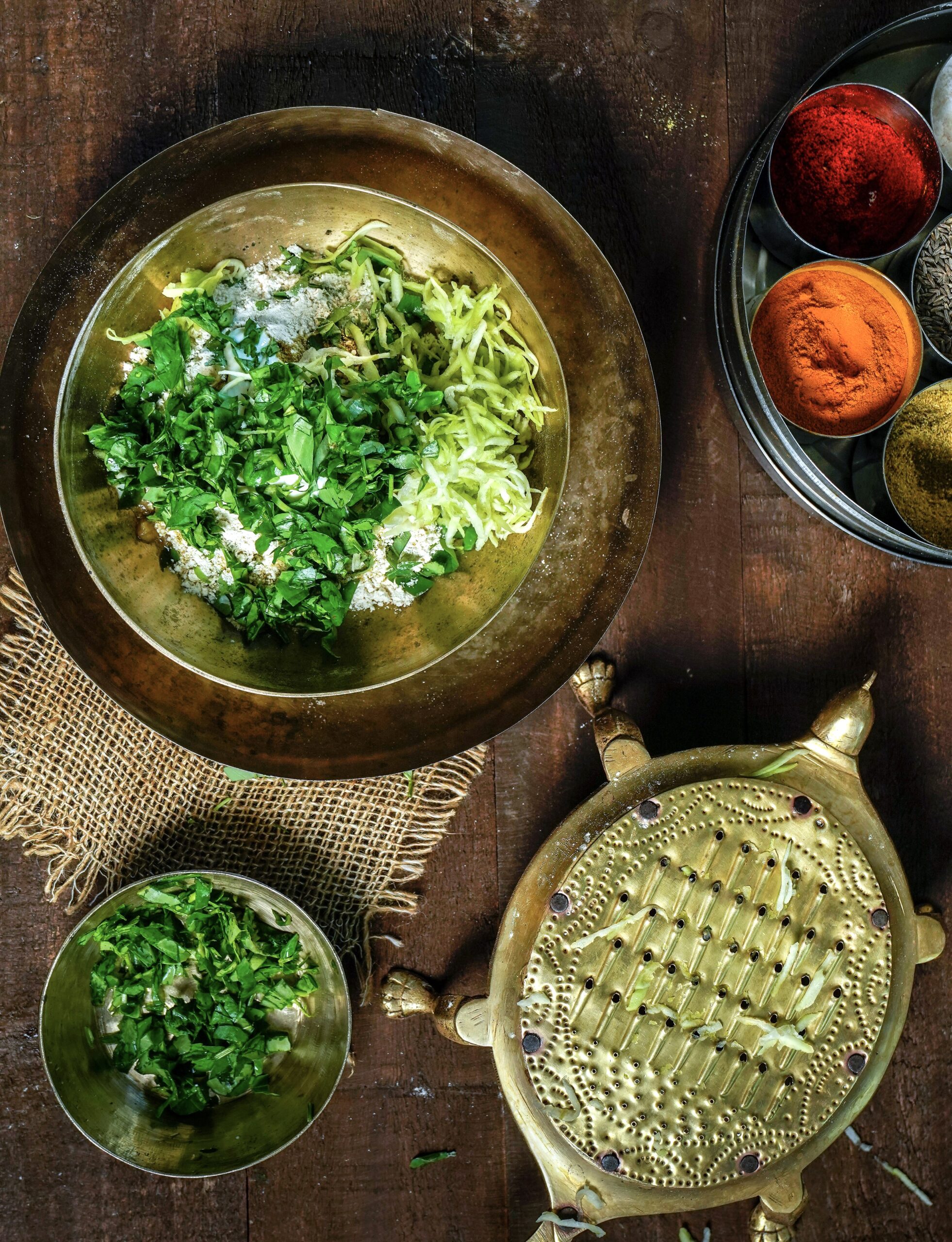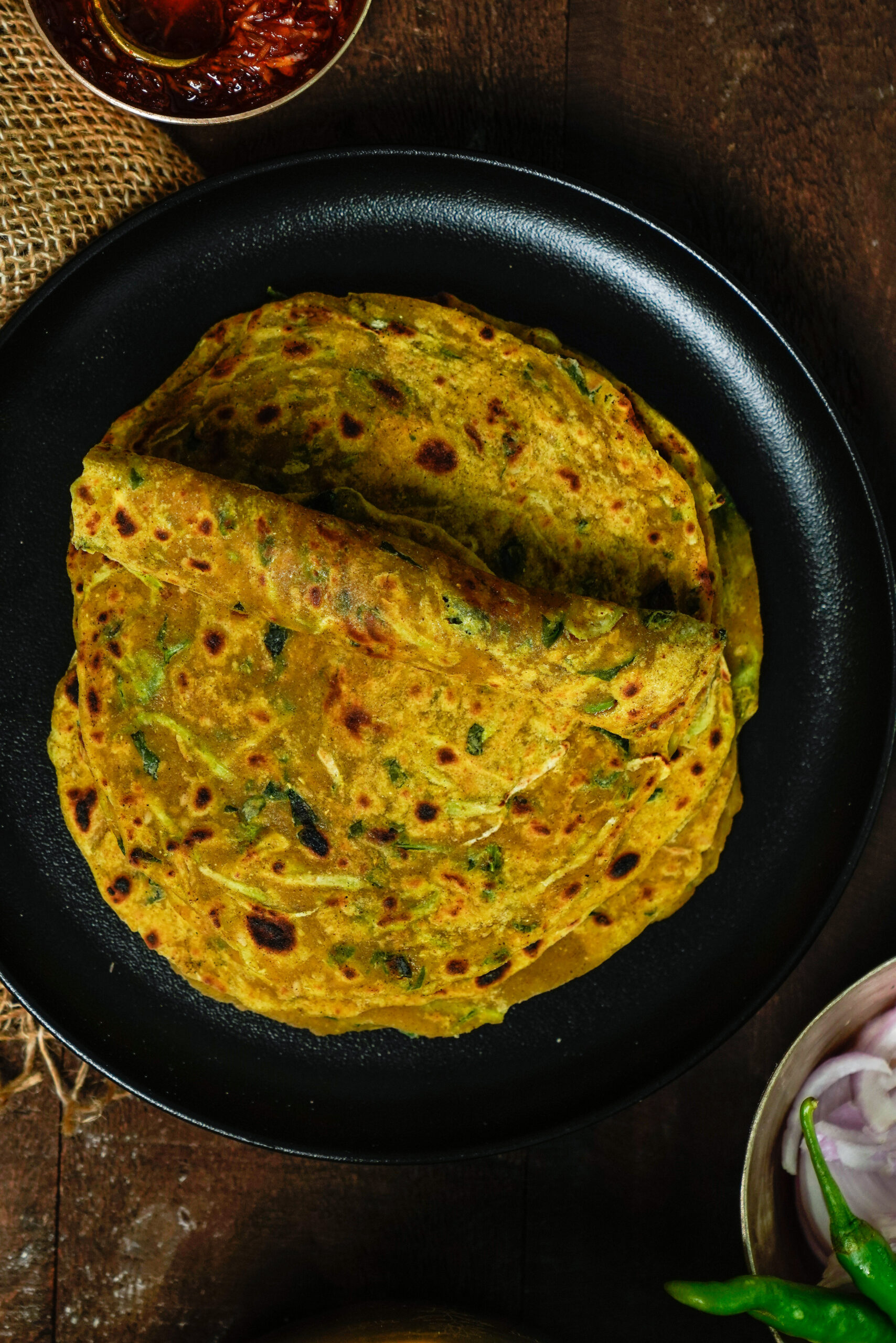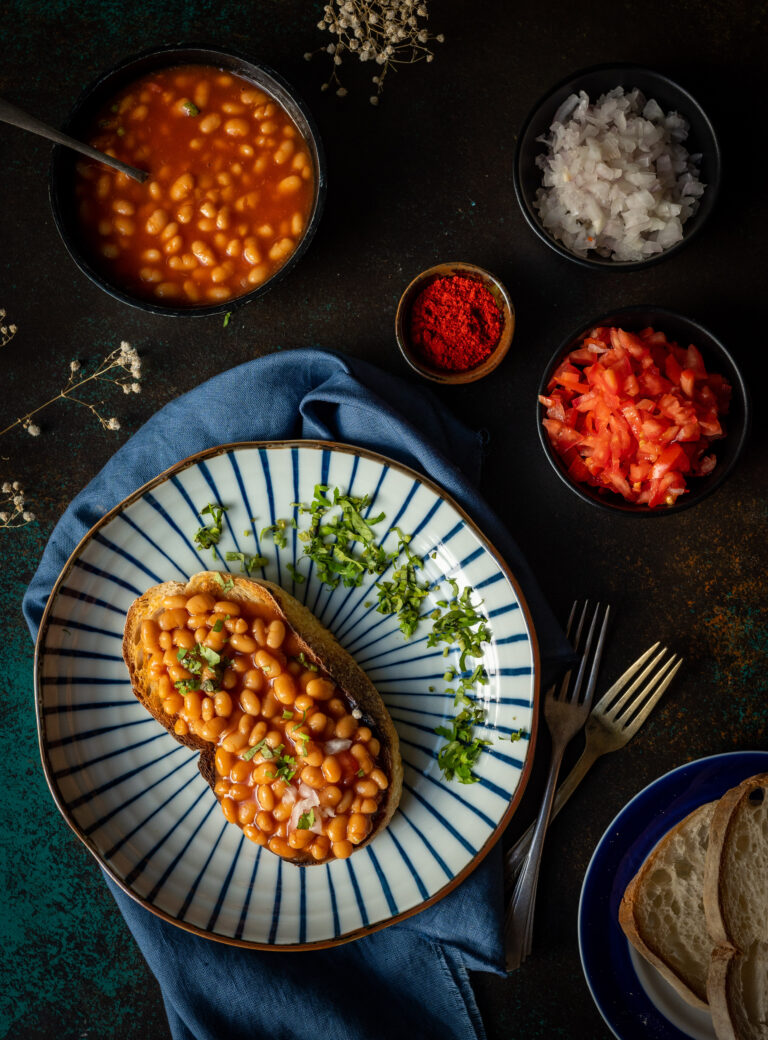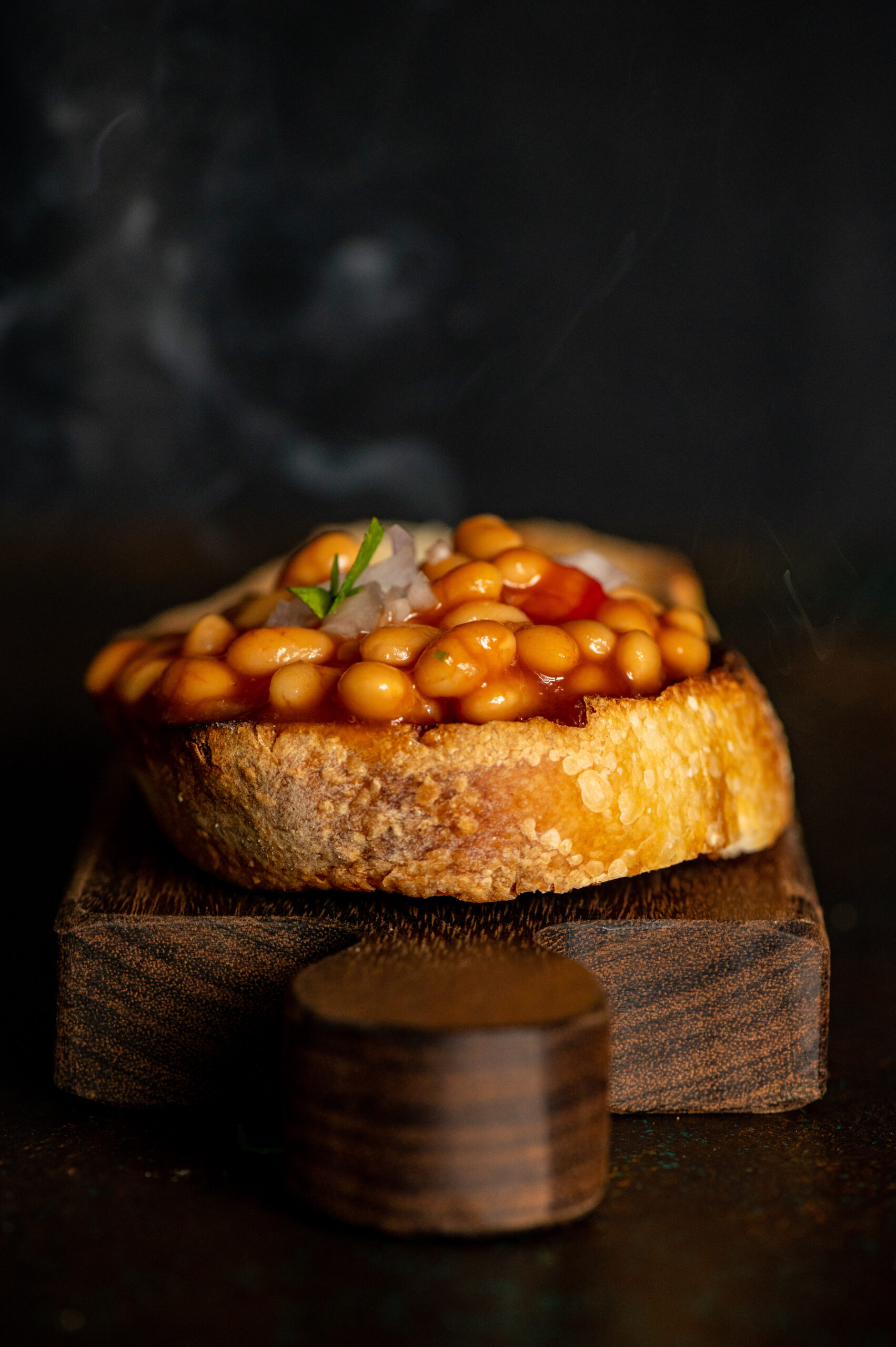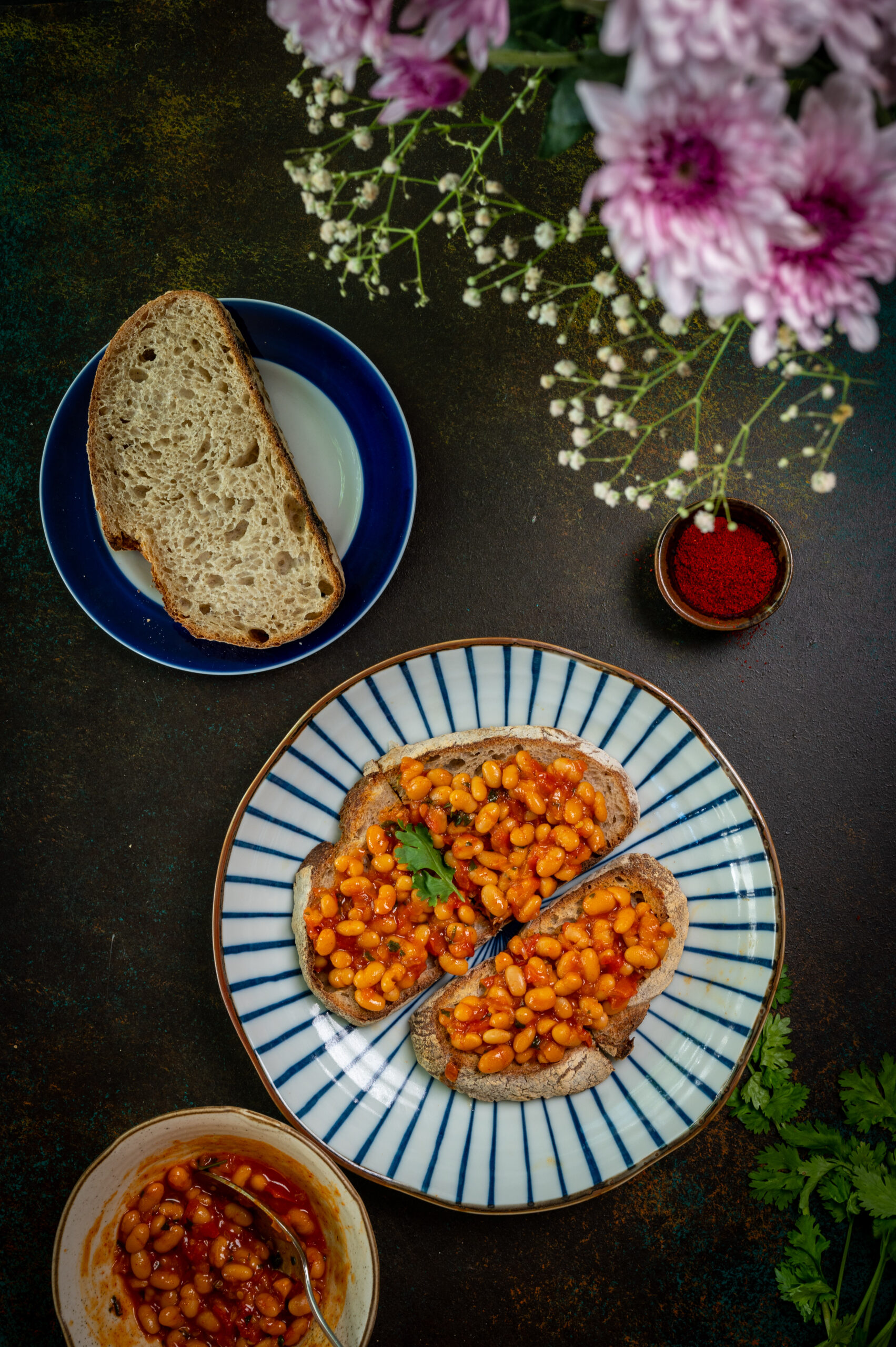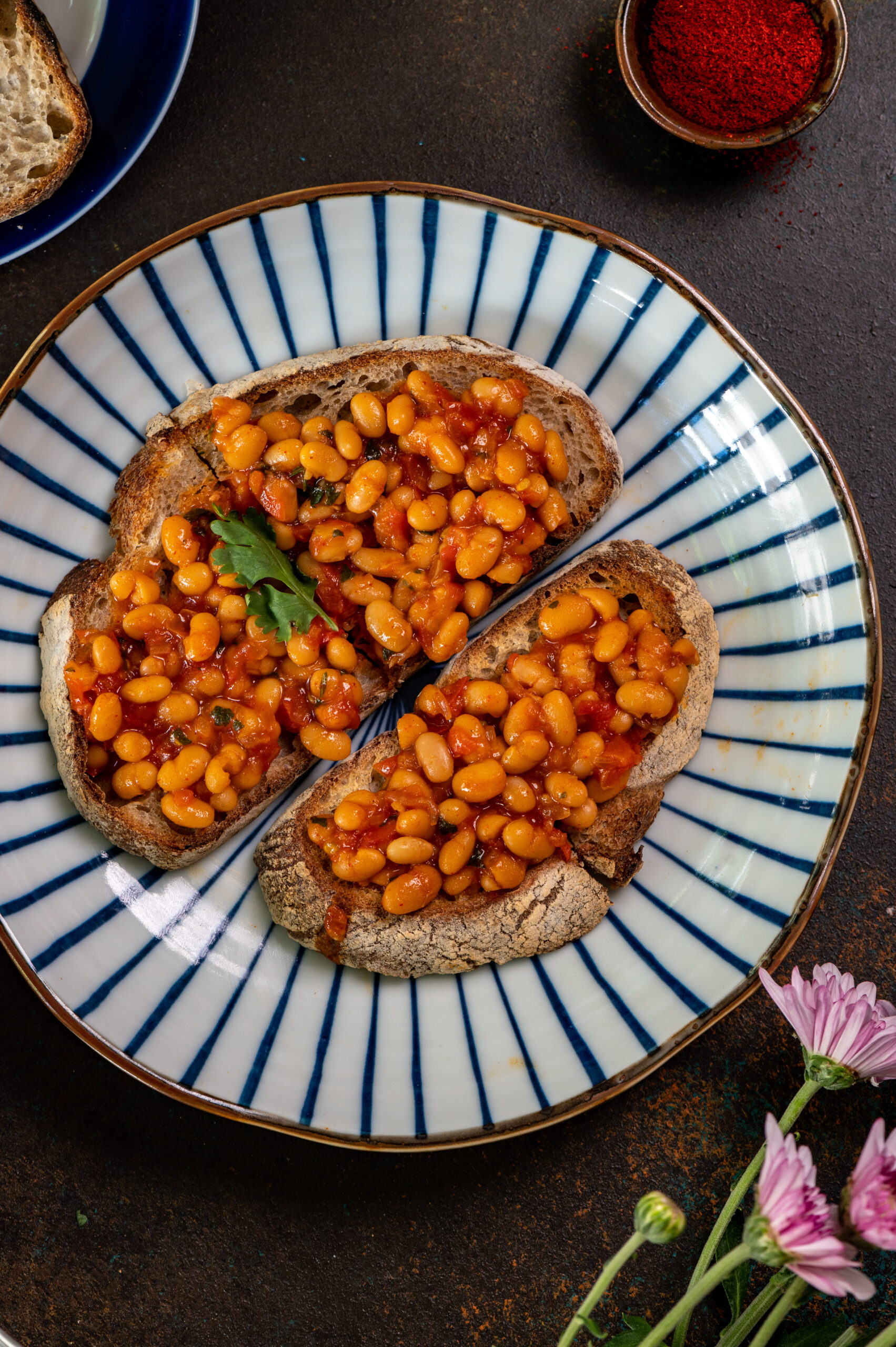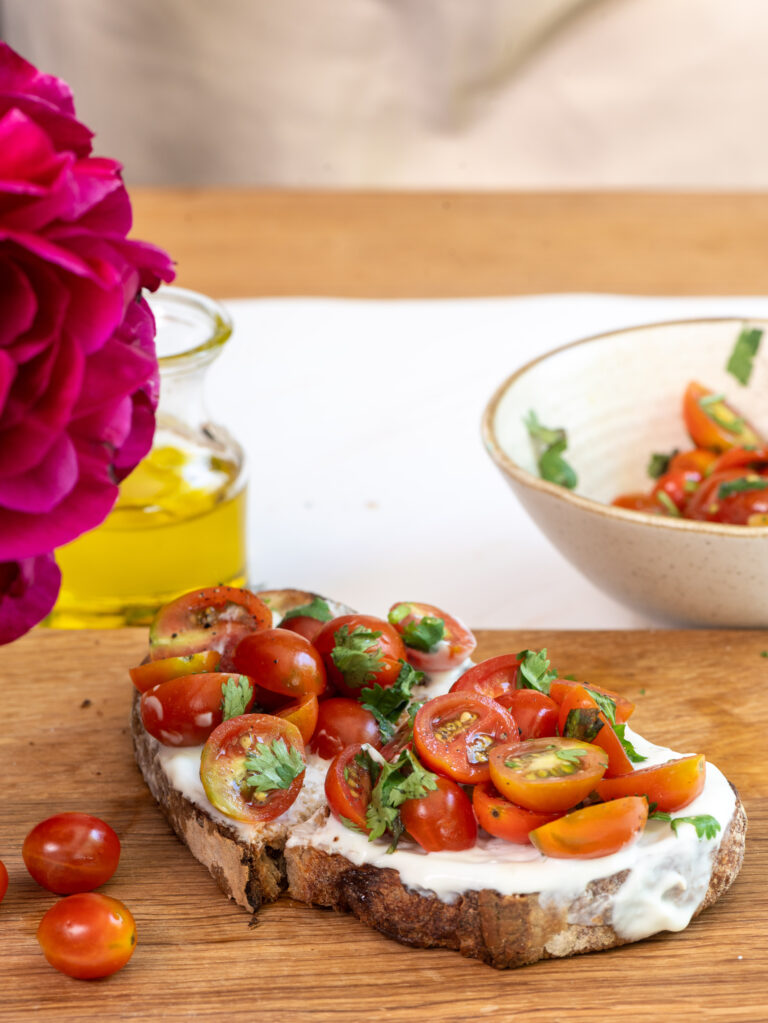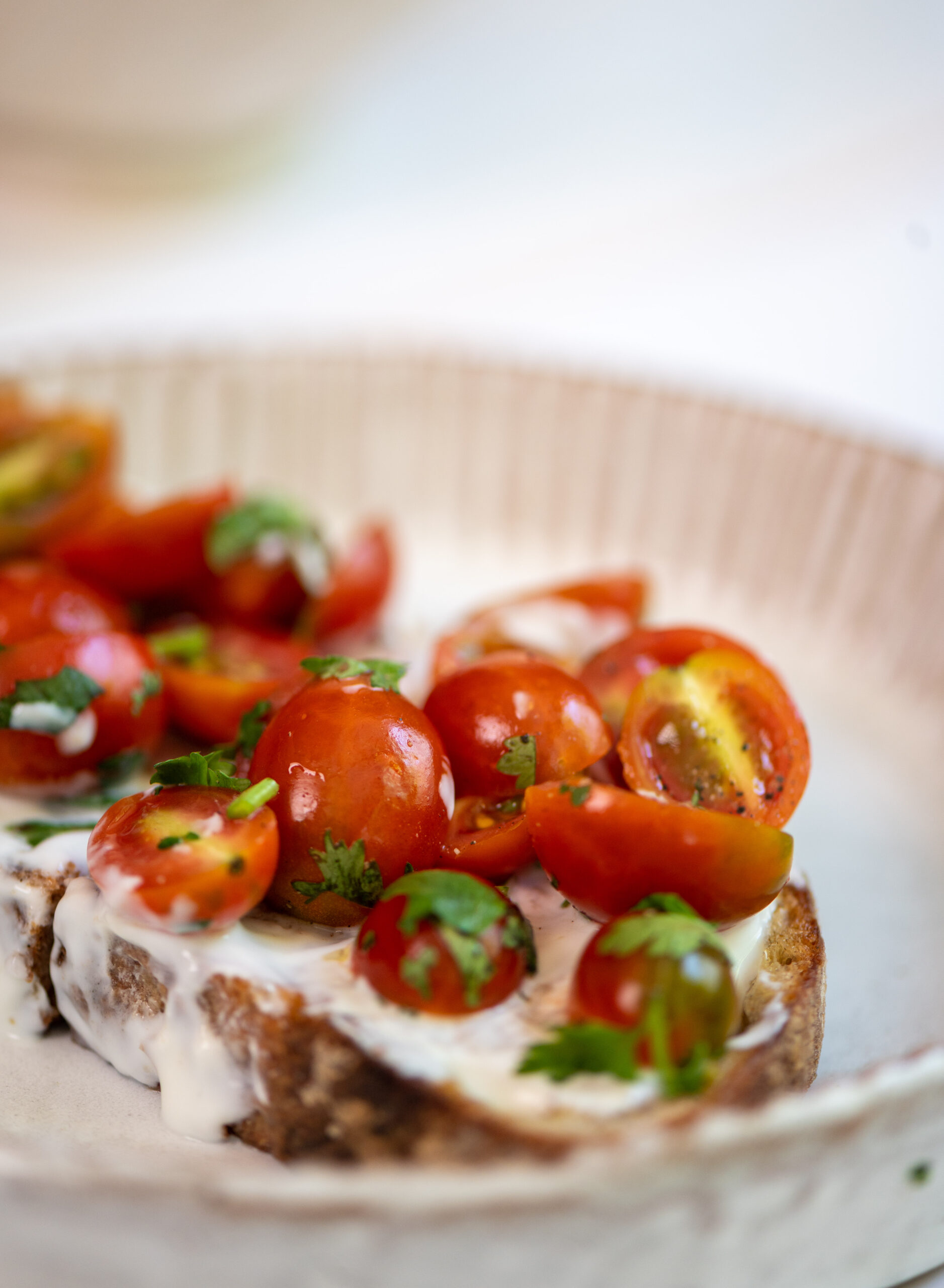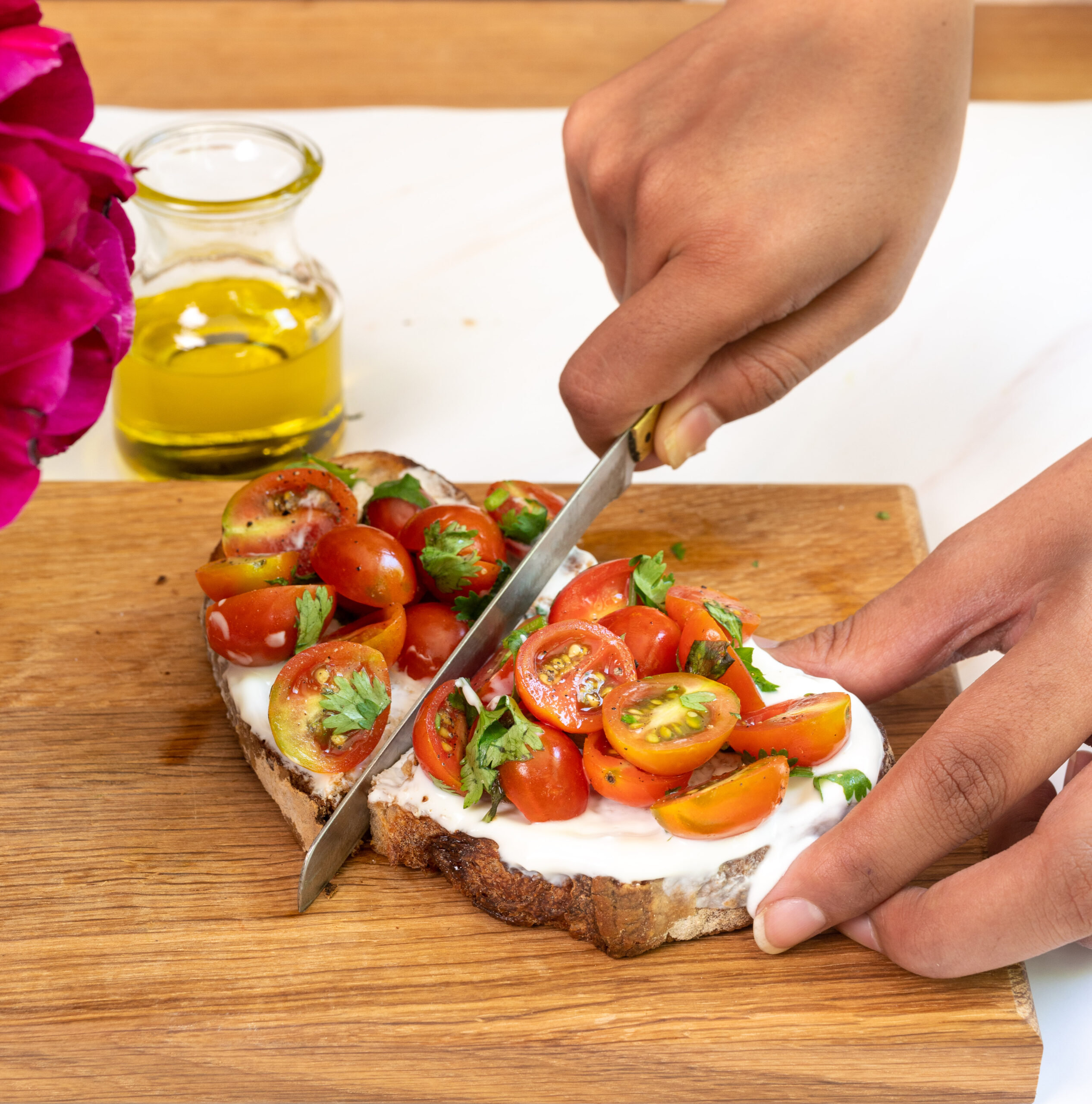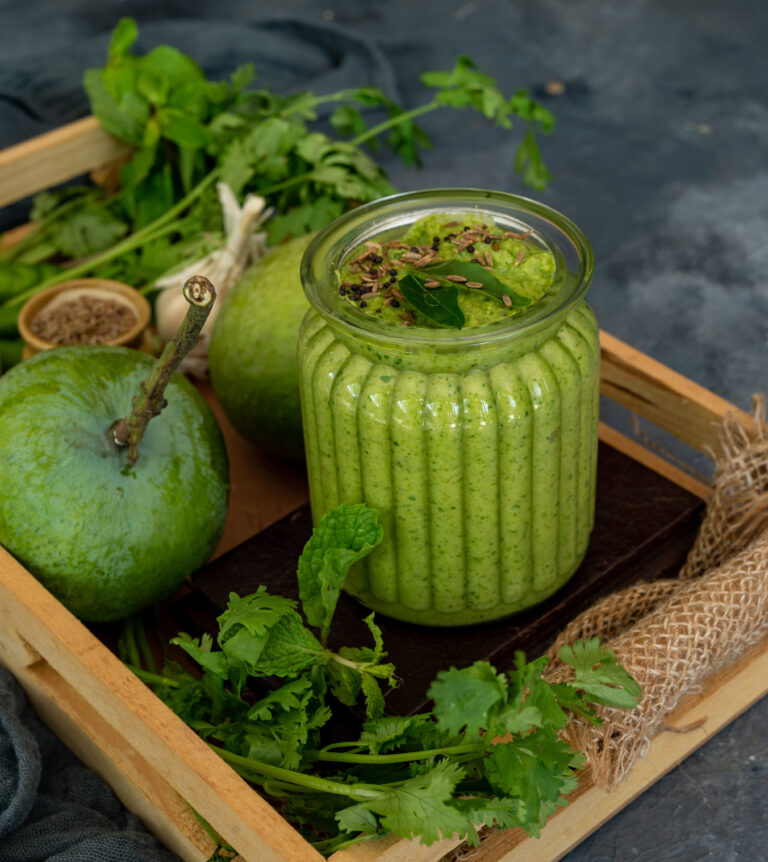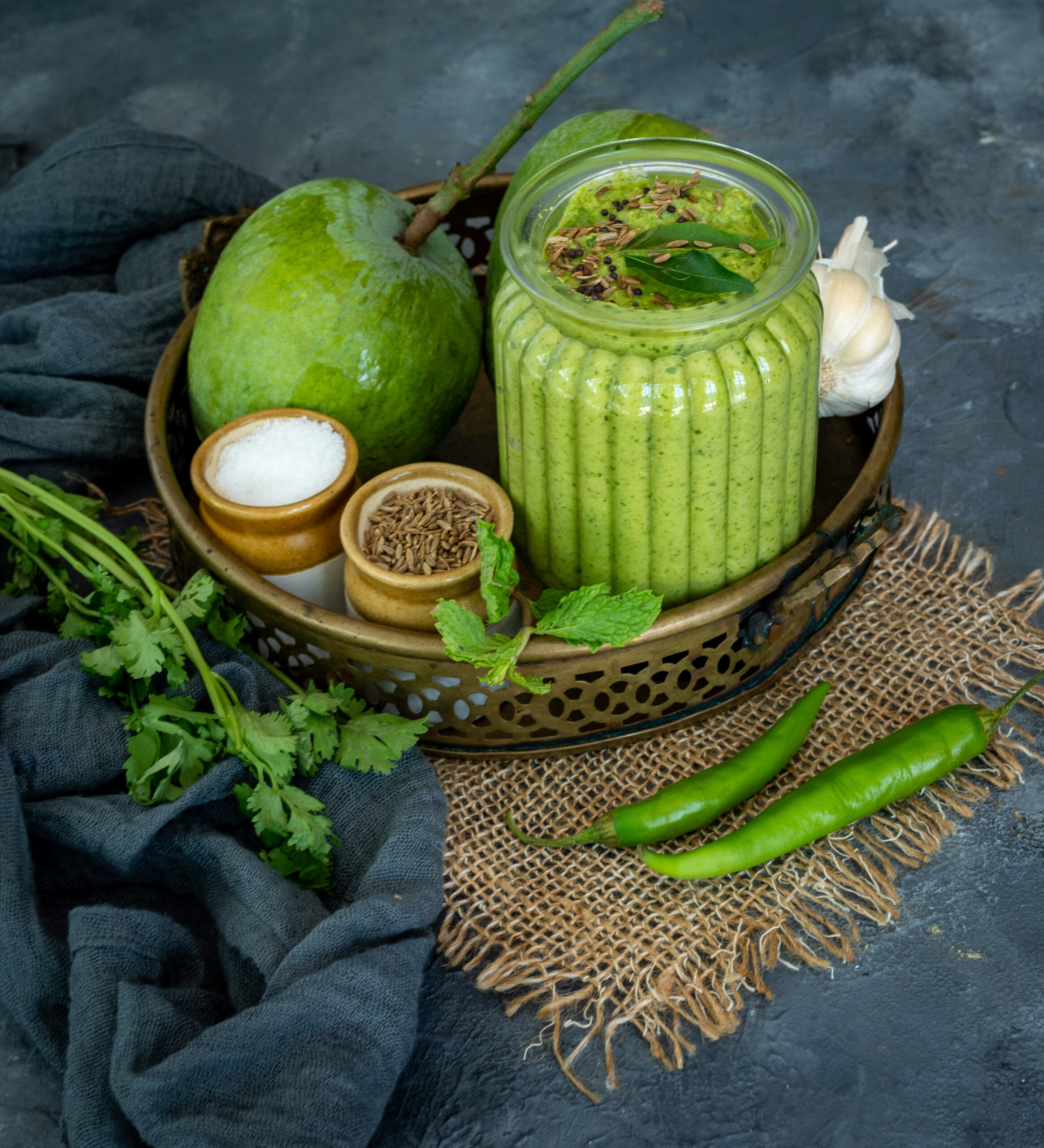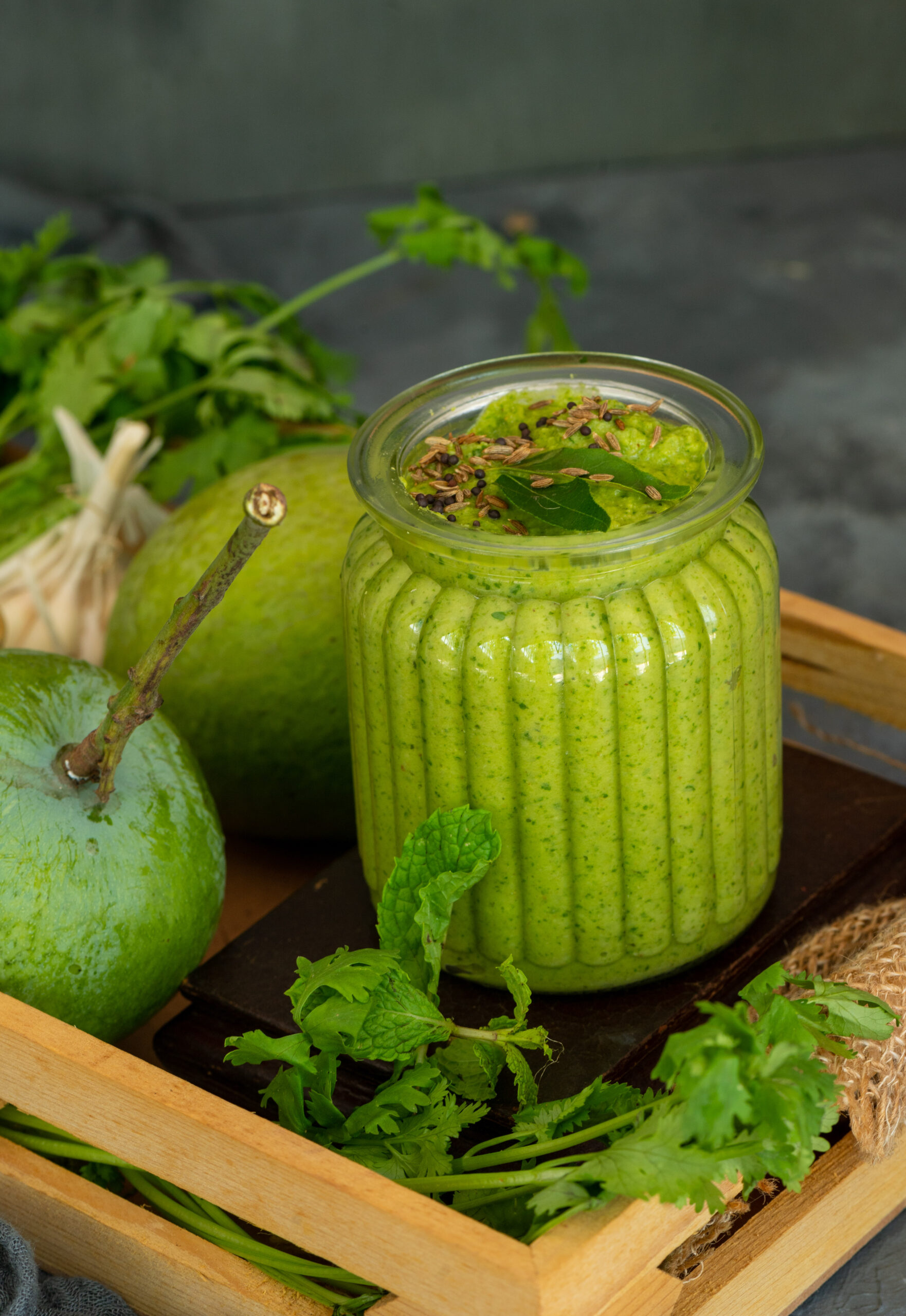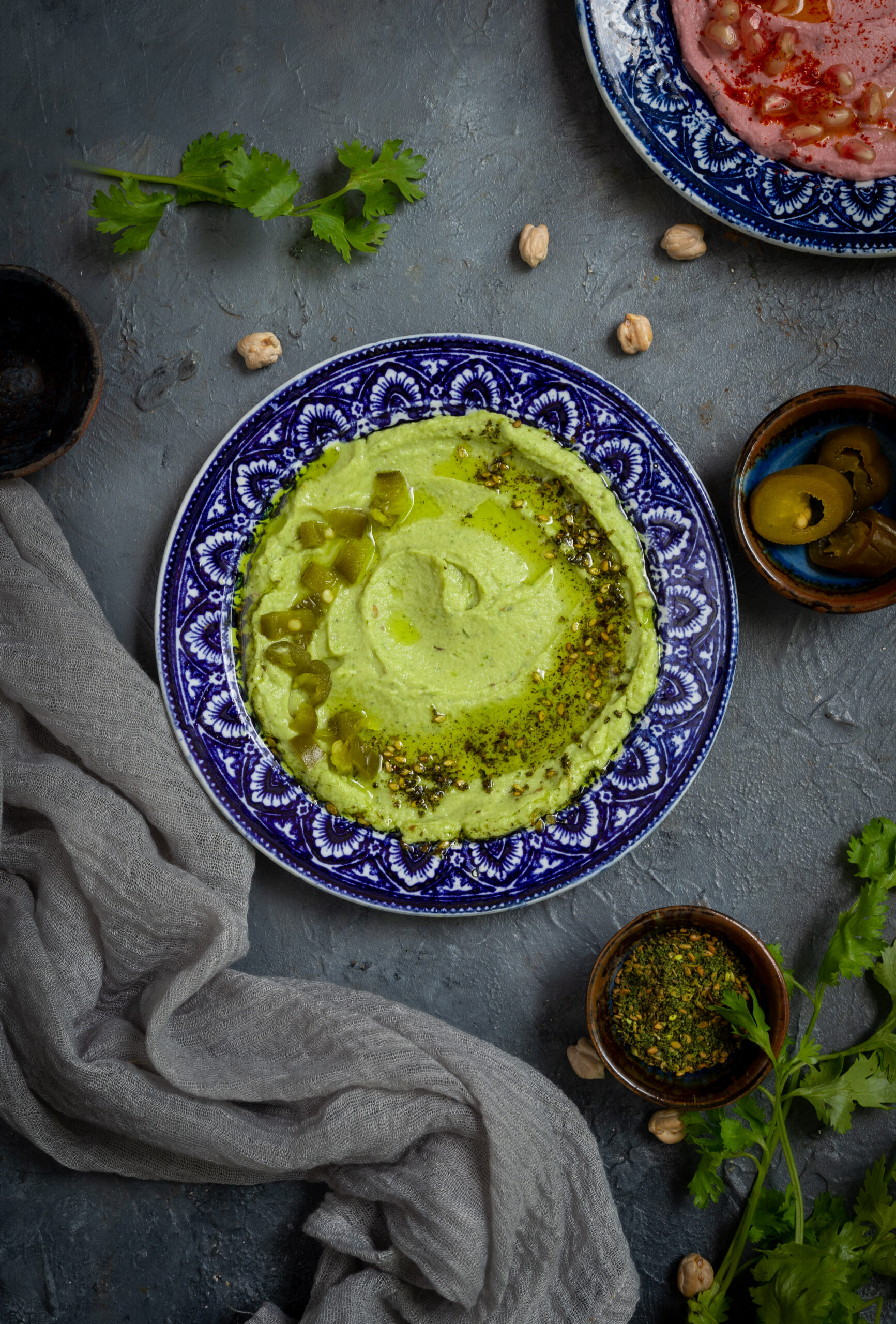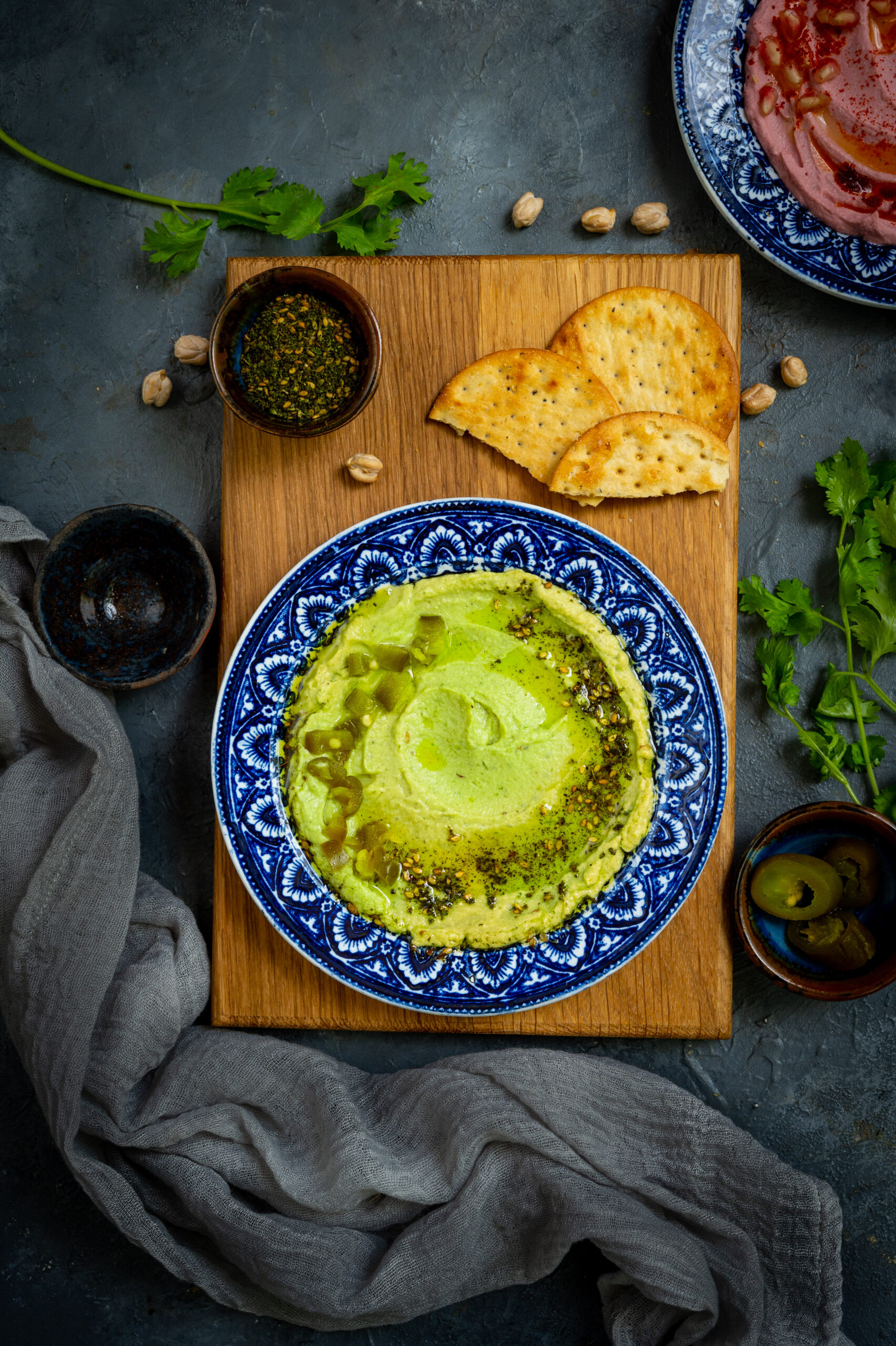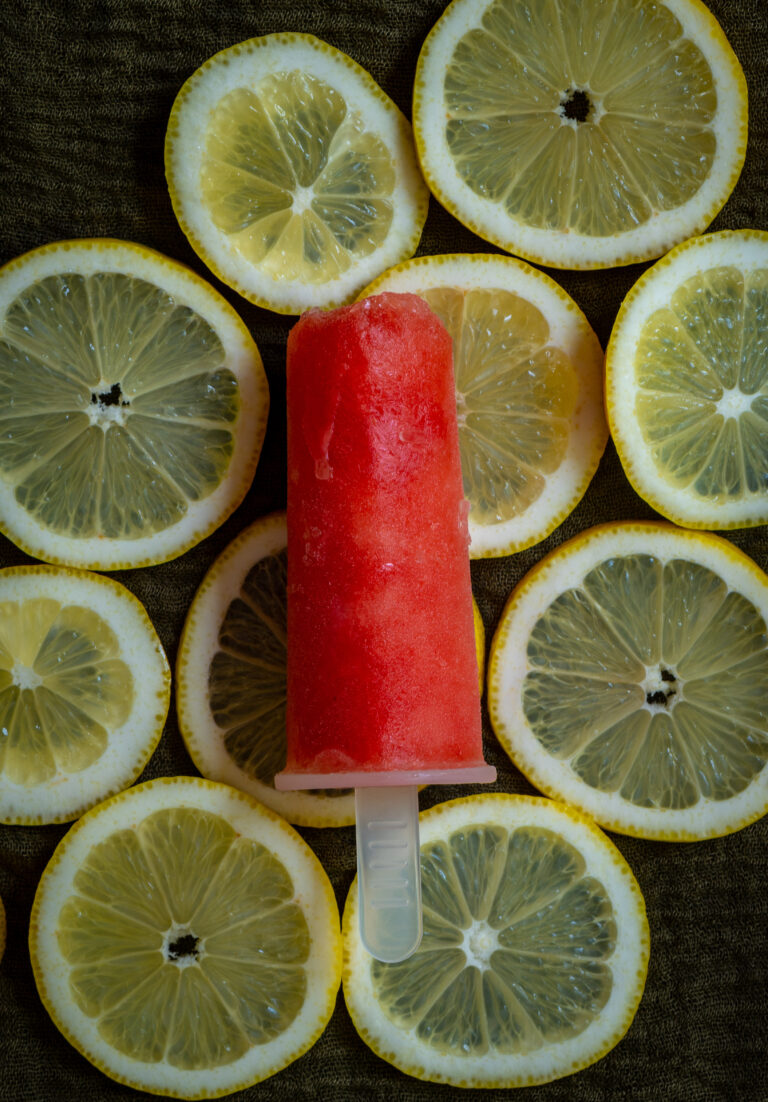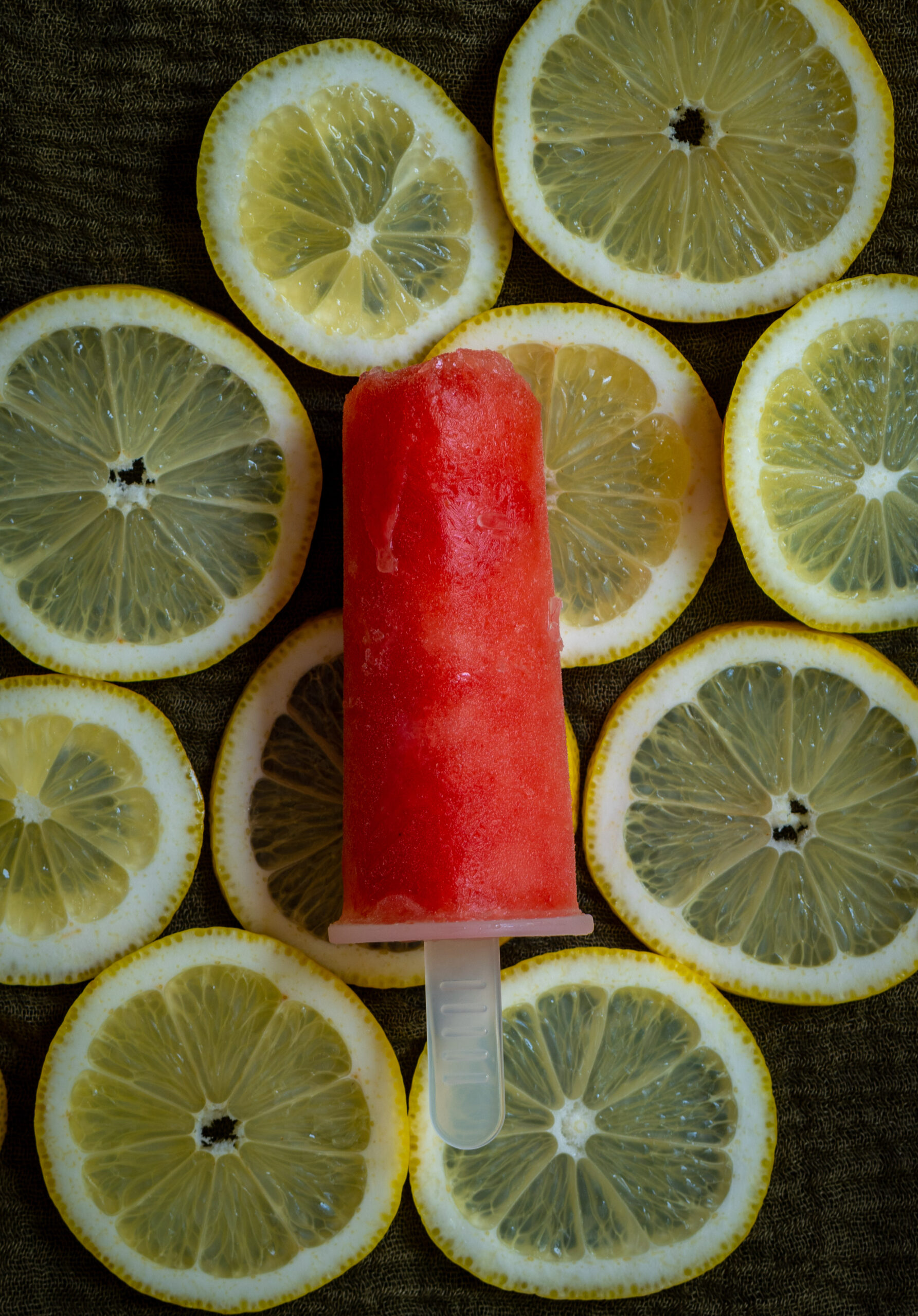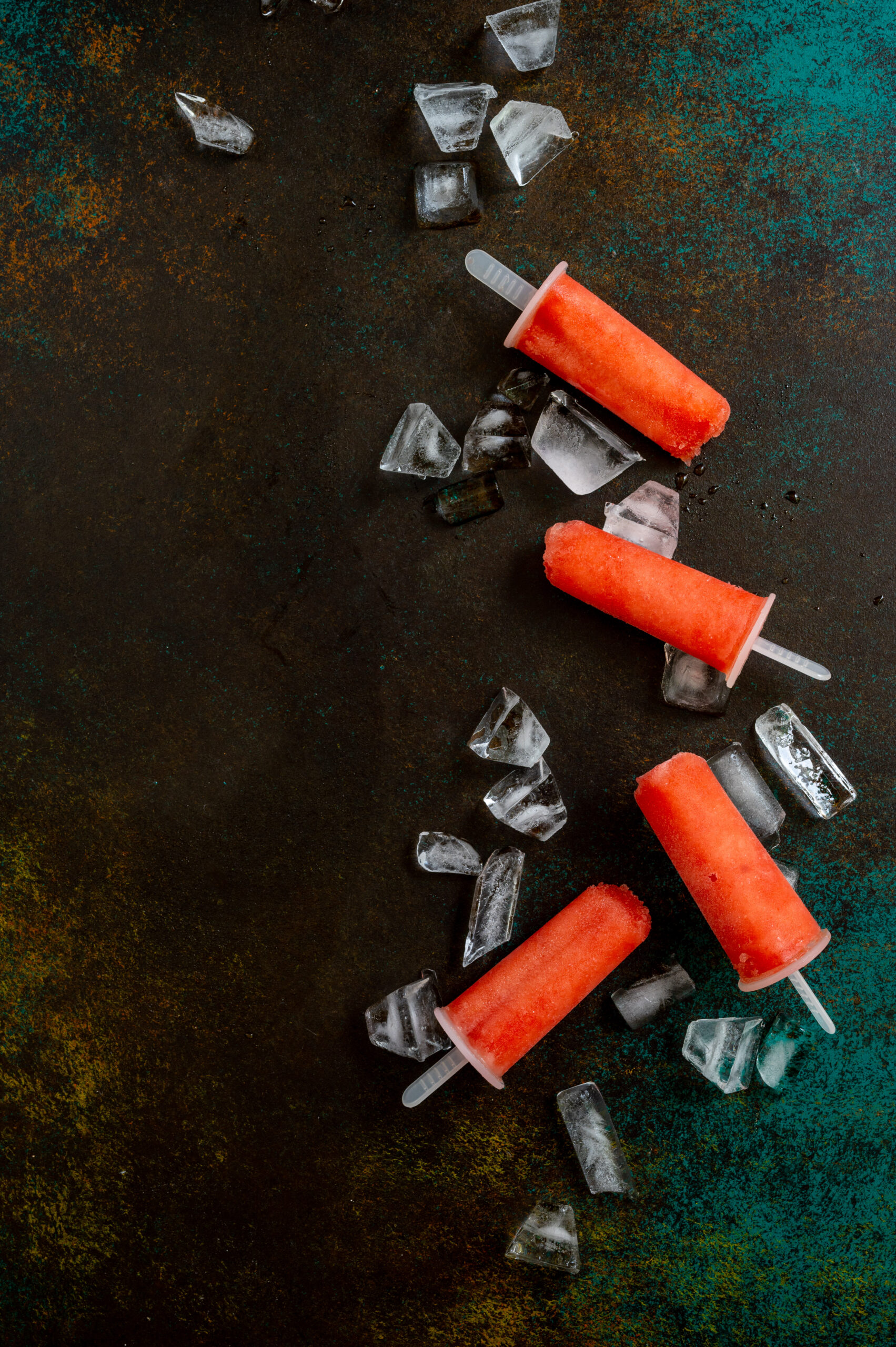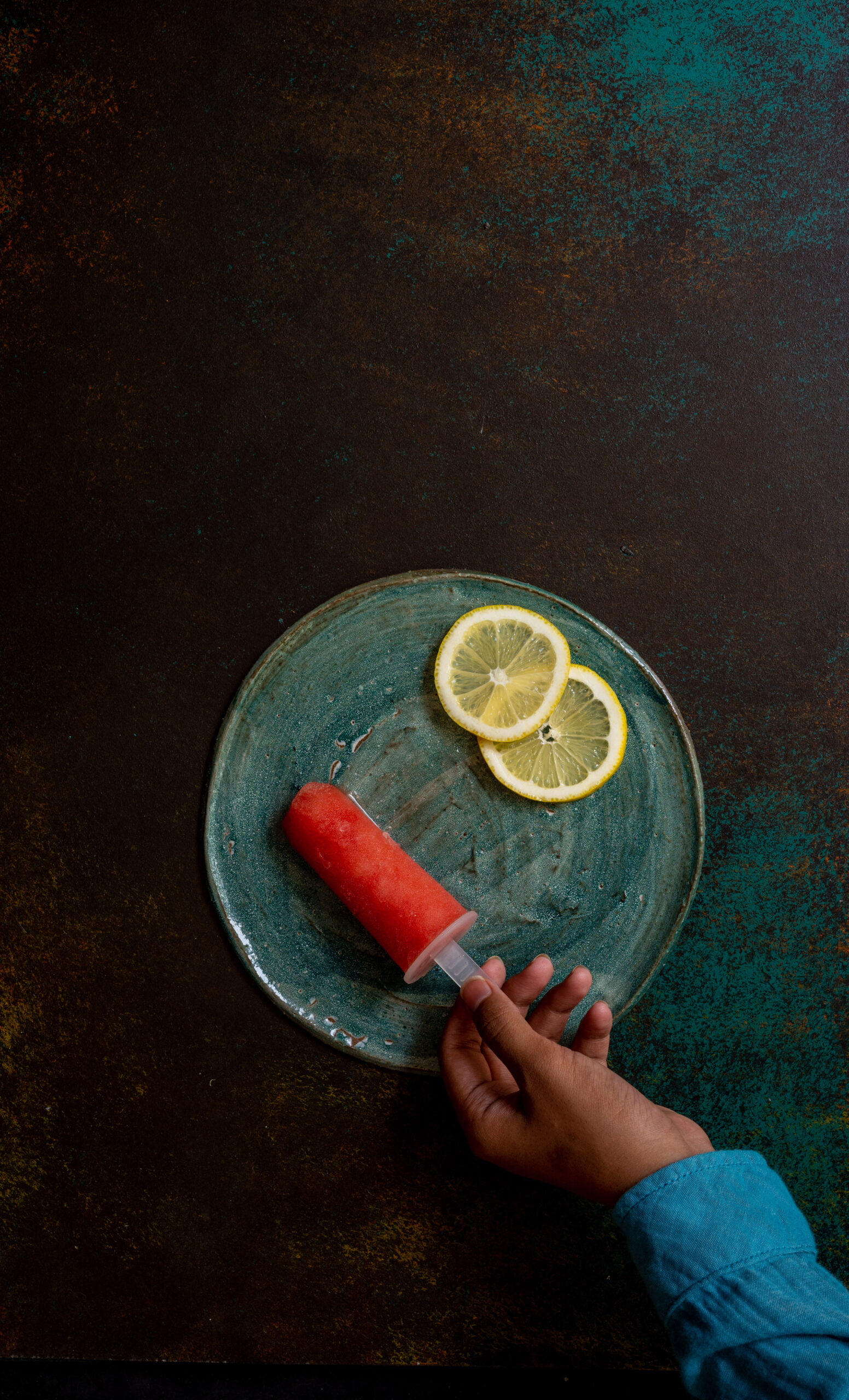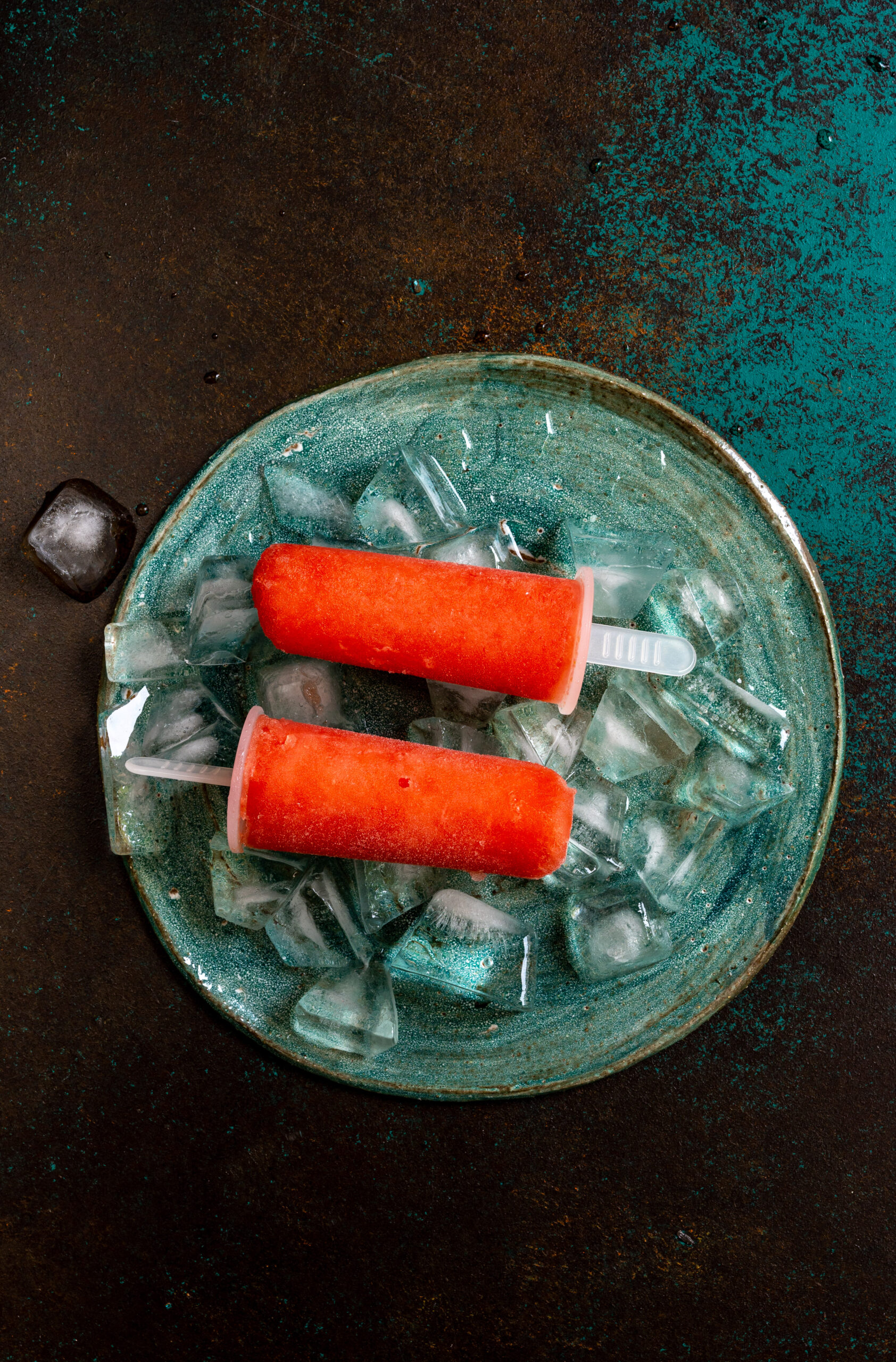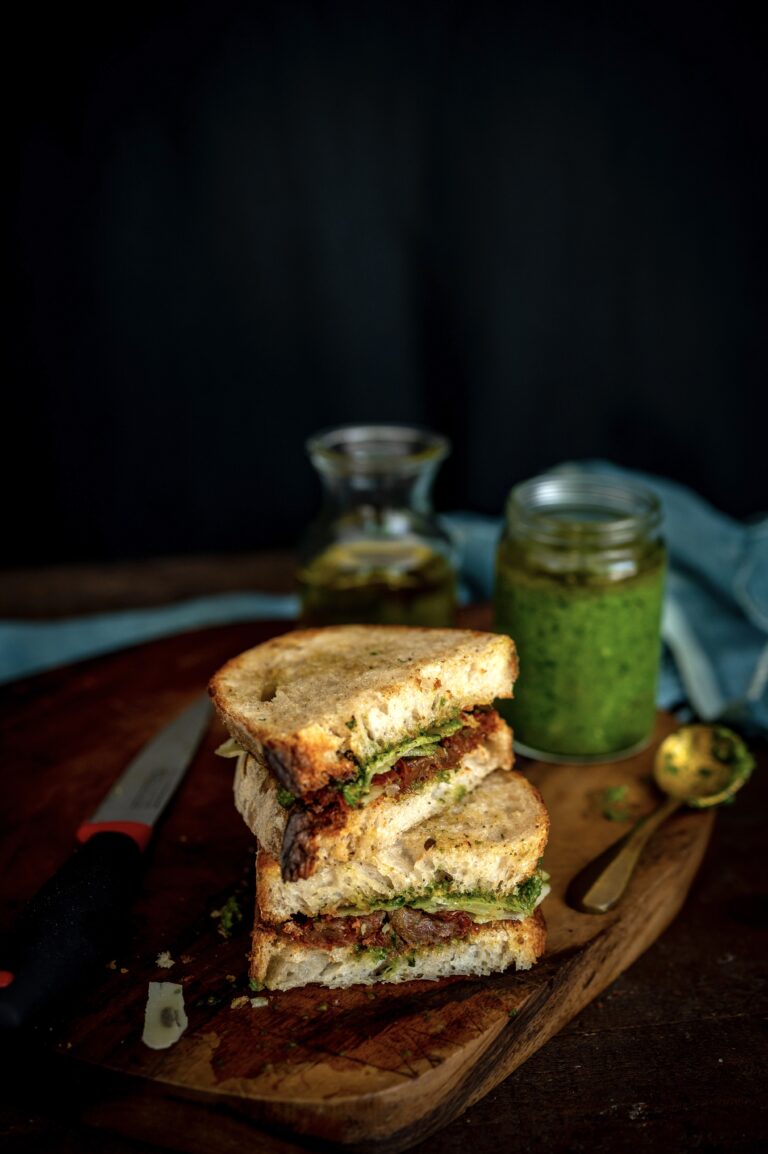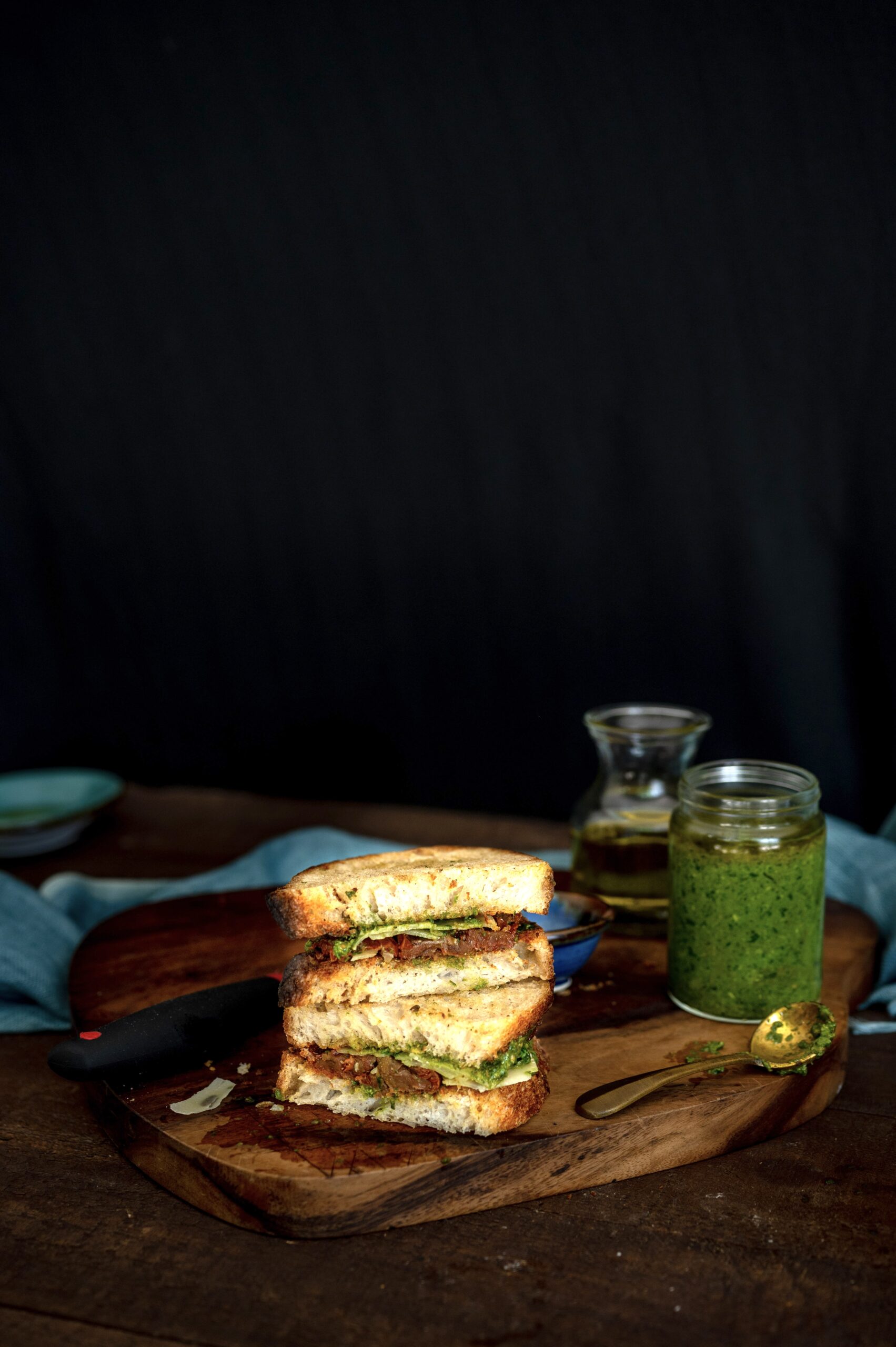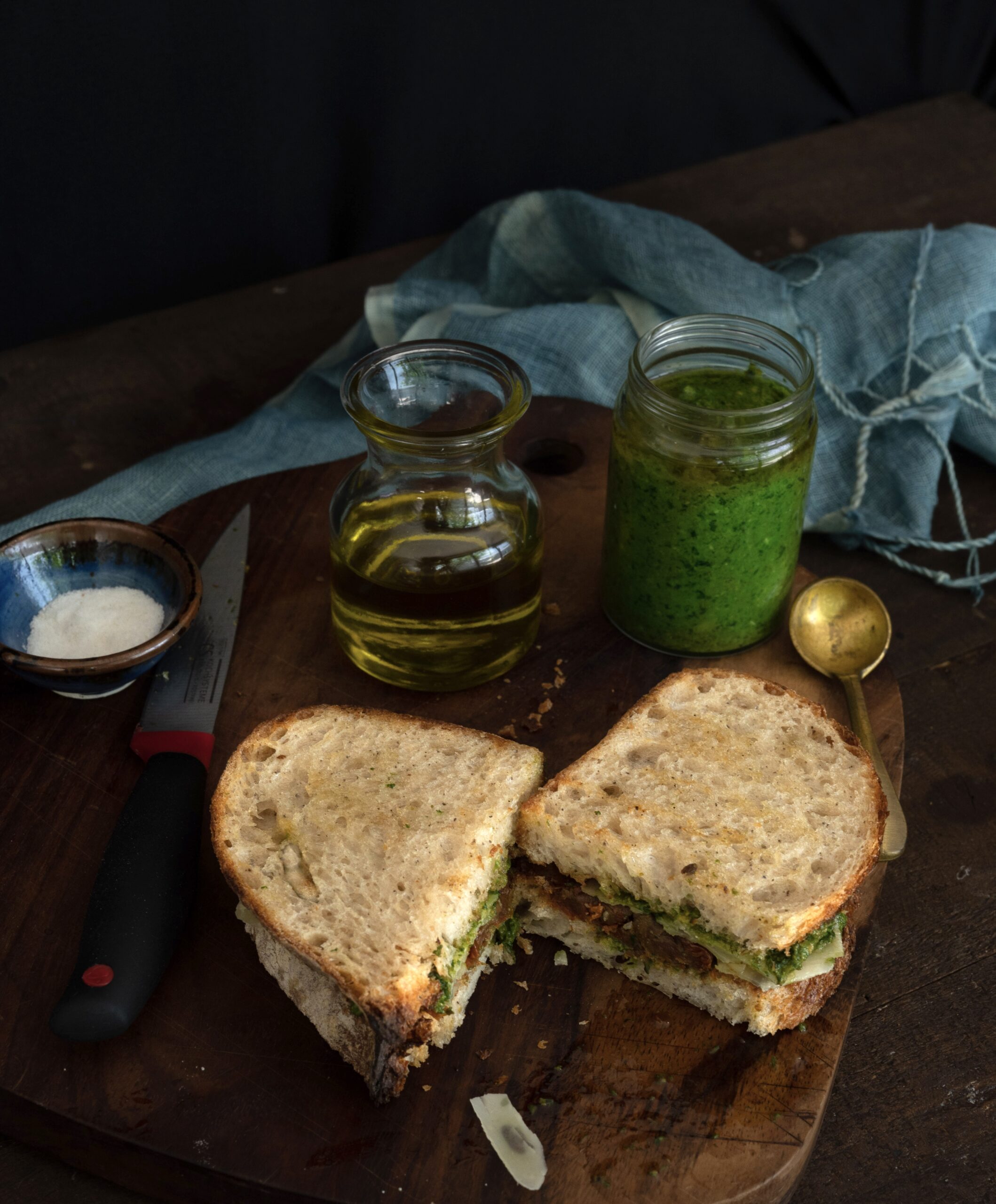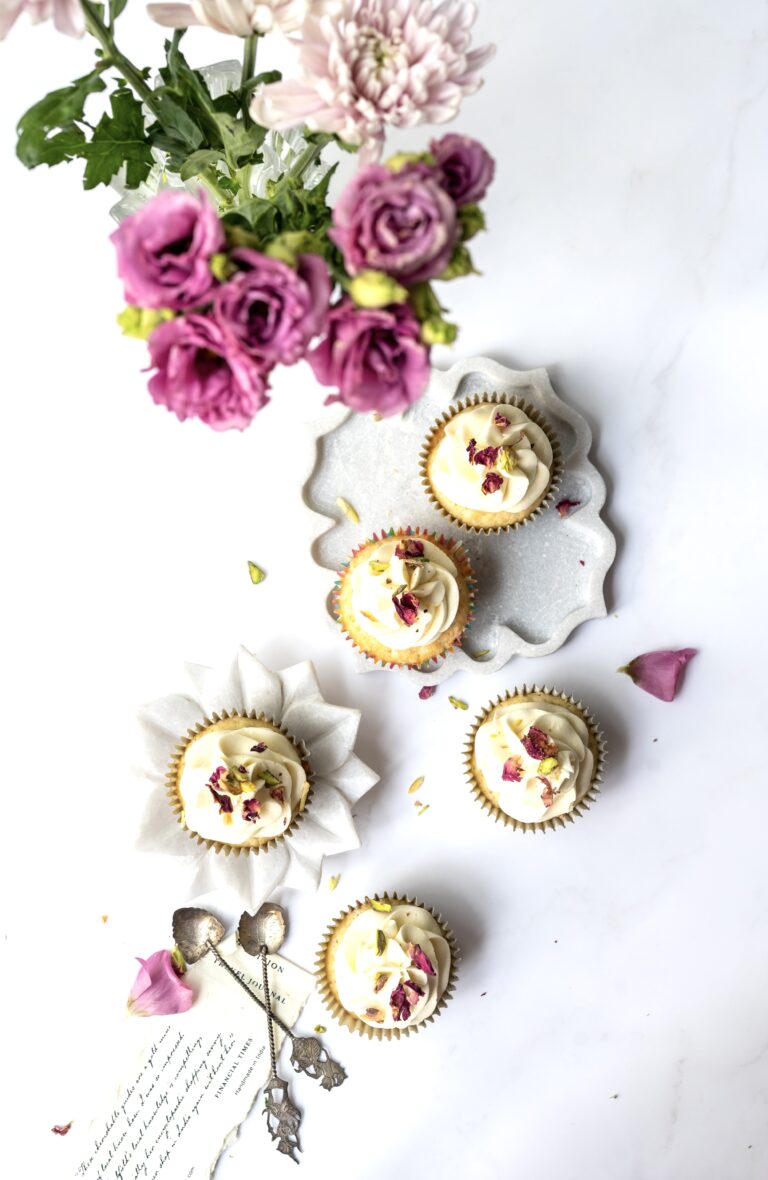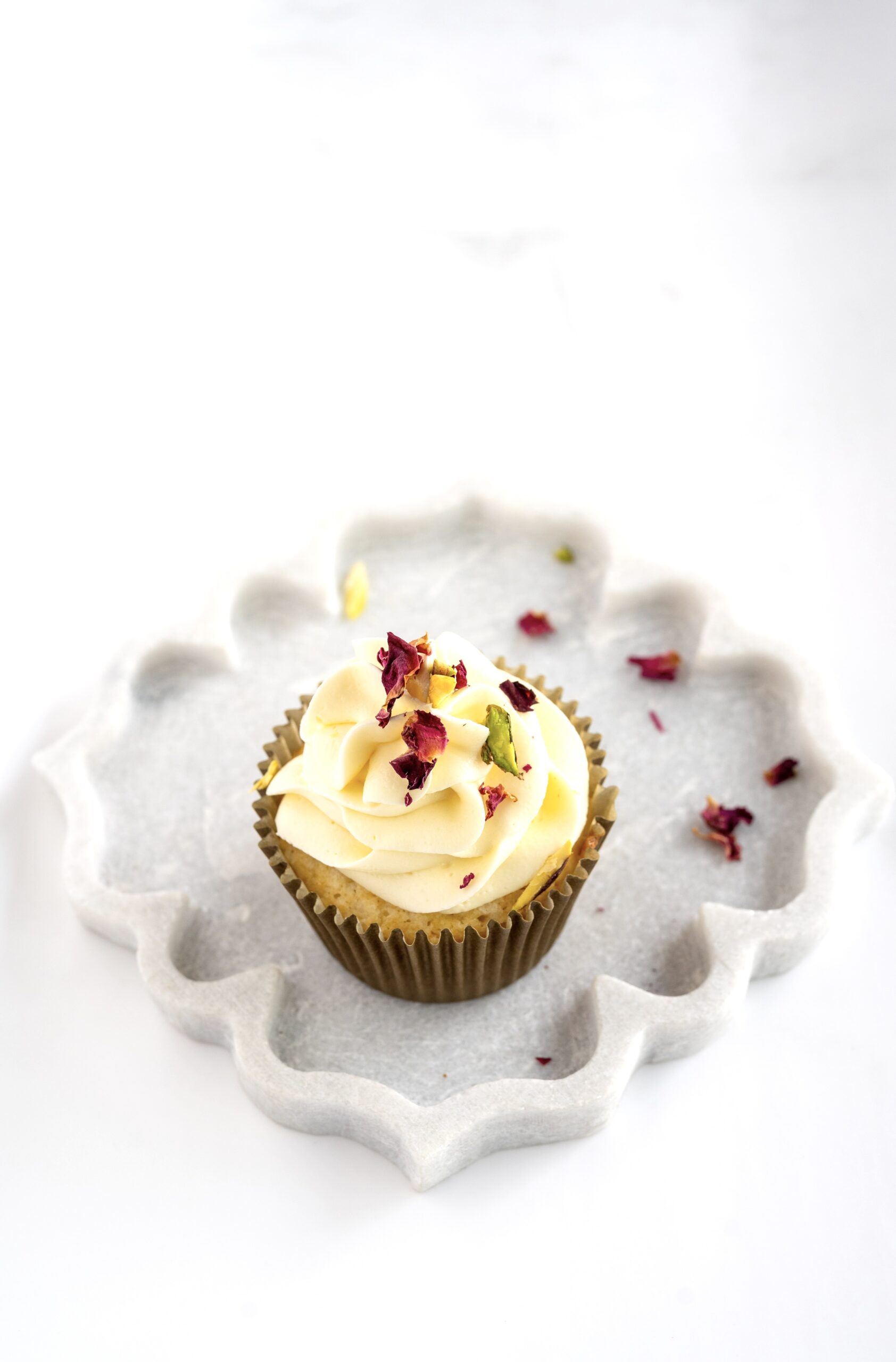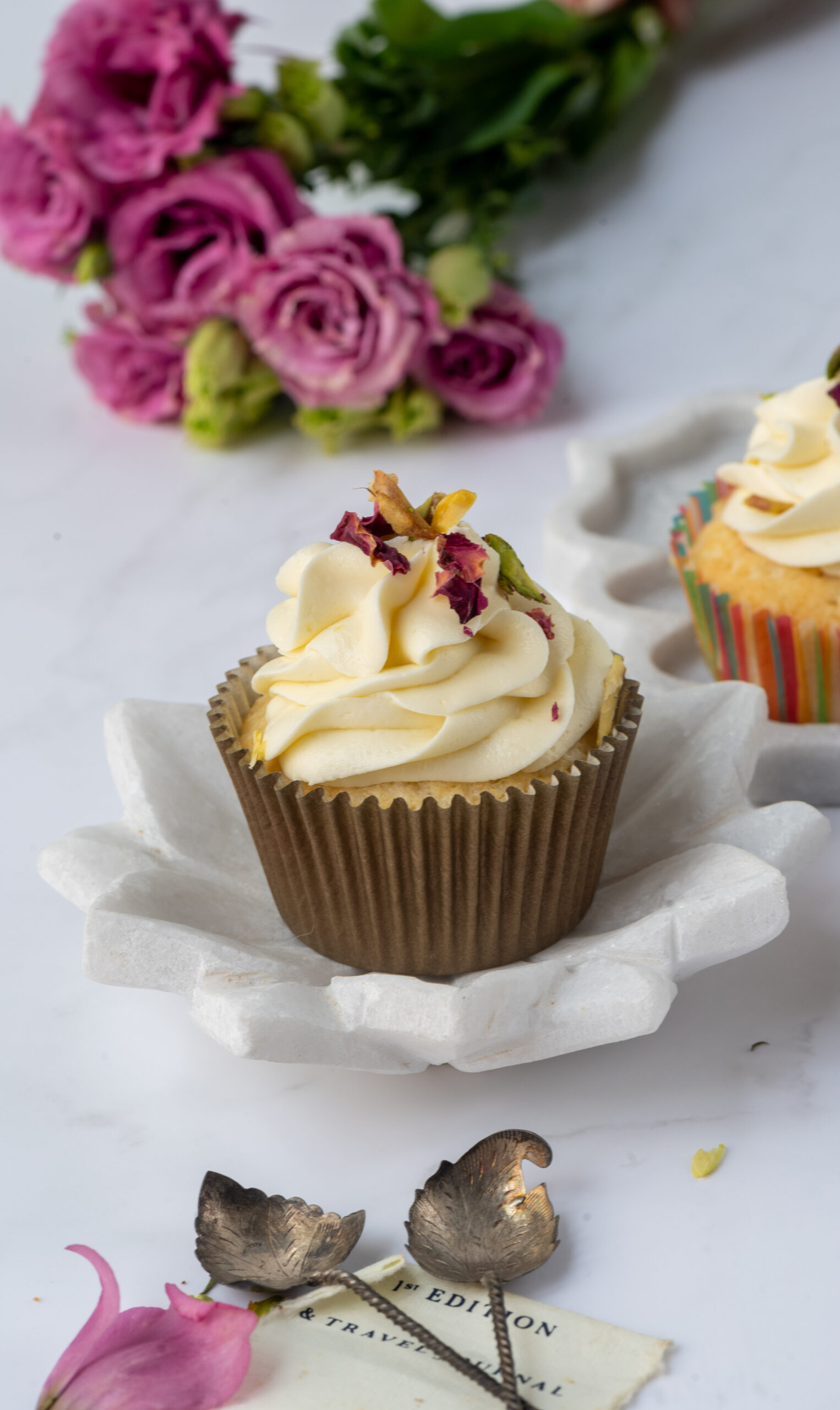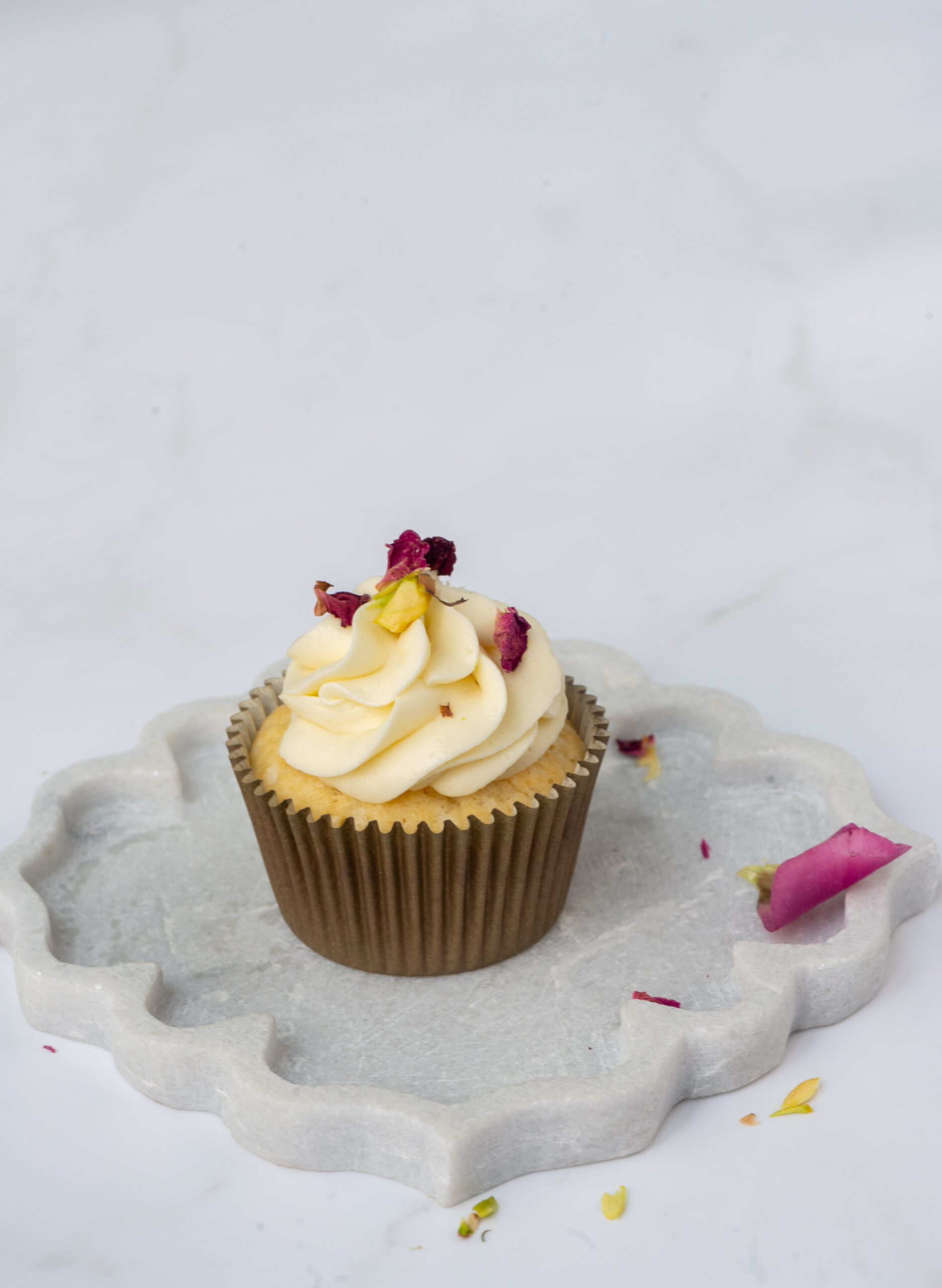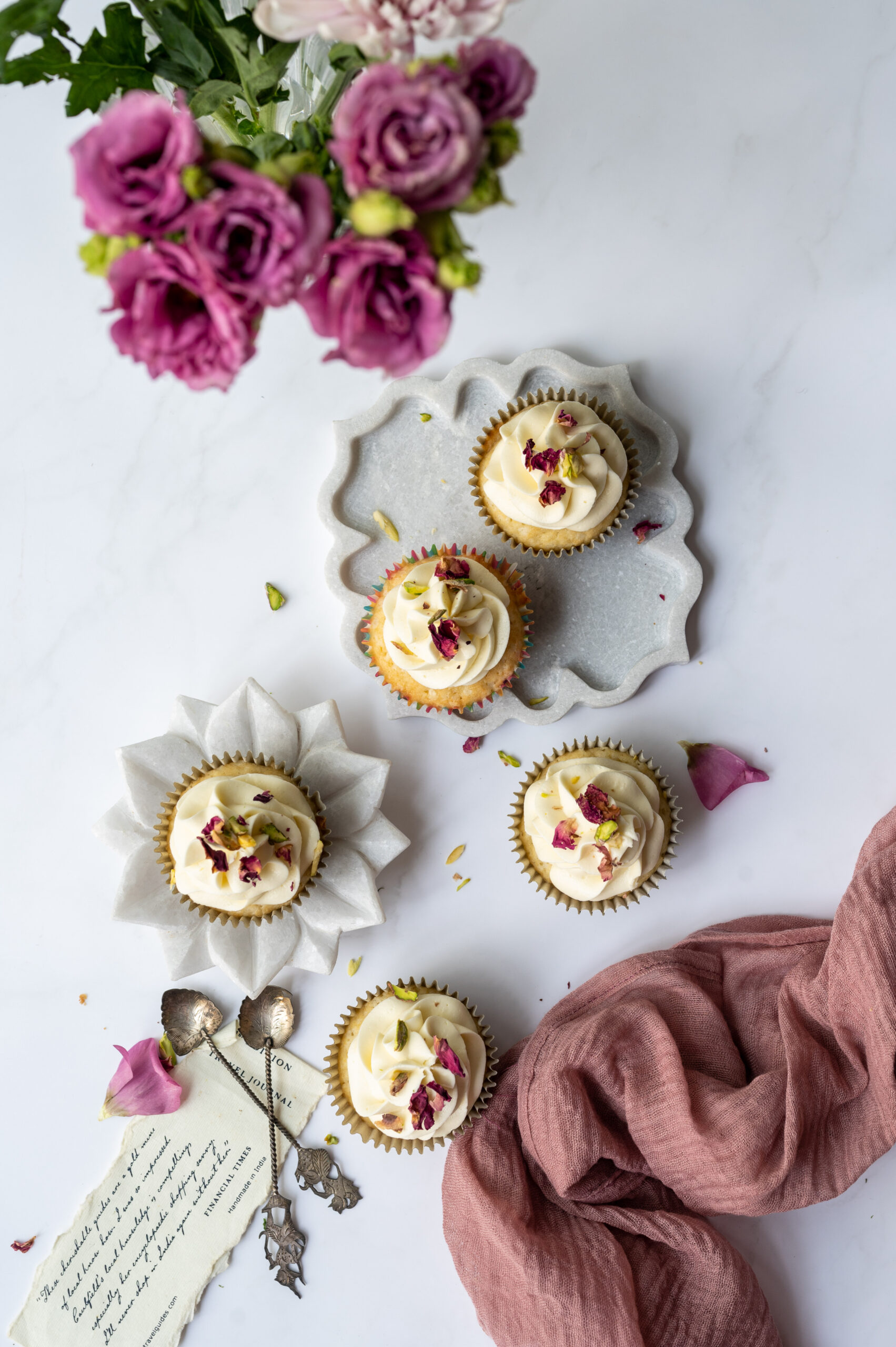I hope you aren’t bored of hearing about how I’ve been increasing my intake of vegetables and proteins, but I know that many people are doing the same and would appreciate more recipes. This vegetable udon noodles preparation, which I sometimes add eggs to (especially for boosting that protein quotient), fulfills this need – and fulfills my cravings too. It is an Asian-inspired dish, and a meal in a bowl by itself.
This dish is a great way to consume vegetables that are in the fridge that you may not use up otherwise. It is a highly adaptable dish in so many ways. For instance, while I have used the traditional soy sauce, you may wish to swap it out for Indian masalas and spices that suit your palate.
I prefer to have early dinners, and am done with my meals by 7pm. This is so that there is sufficient time to digest before bed, as recommended by health experts, which means that I can have carbs in the evening with less guilt. This delicious dish, absolutely bursting with flavours and equally nutritious, is something I love to eat for dinner.
Certain things are non-negotiable for me when it comes to food. The quality of the oil I use is one thing. Another important choice is that I get my vegetables from good, clean sources, and buy organic as much as possible. When I go on drives outside the city, I always enjoy the lush beauty of the farms and gardens – so green, so gorgeous, so perfect. Yet, I have seen them being sprayed by chemicals too. Education about toxicity is so important for us all, whether as consumers or as farmers.
I am also conscious of consumption, and try to make use of everything that is in my kitchen. I see this is not just a cost-smart practical habit, but a mindful one. Food is so easily hit by any external factor. Whether that is war, climate change or excessive or minimal rains in a particular season, what we eat is affected first.
All this said, it is true that organic ingredients don’t come cheap, but I believe we must make good choices within what we can afford. We can also cultivate some ingredients ourselves. Whether we have ample backyards or terraces or compact kitchen gardens, we can all grow a little bit of what goes into our pots and pans. Staples like coriander and green chillies are ideal. You can also grow herbs and condiments, like lemongrass. This is something I do at home, and want to learn to do more of. That’s the thing about living mindfully and caring about sustainability – it’s not like you finish a degree and you know everything about the subject, you constantly have to adapt to changes in the world. Personally, I love to learn and to keep growing – including literally growing my own food where possible!
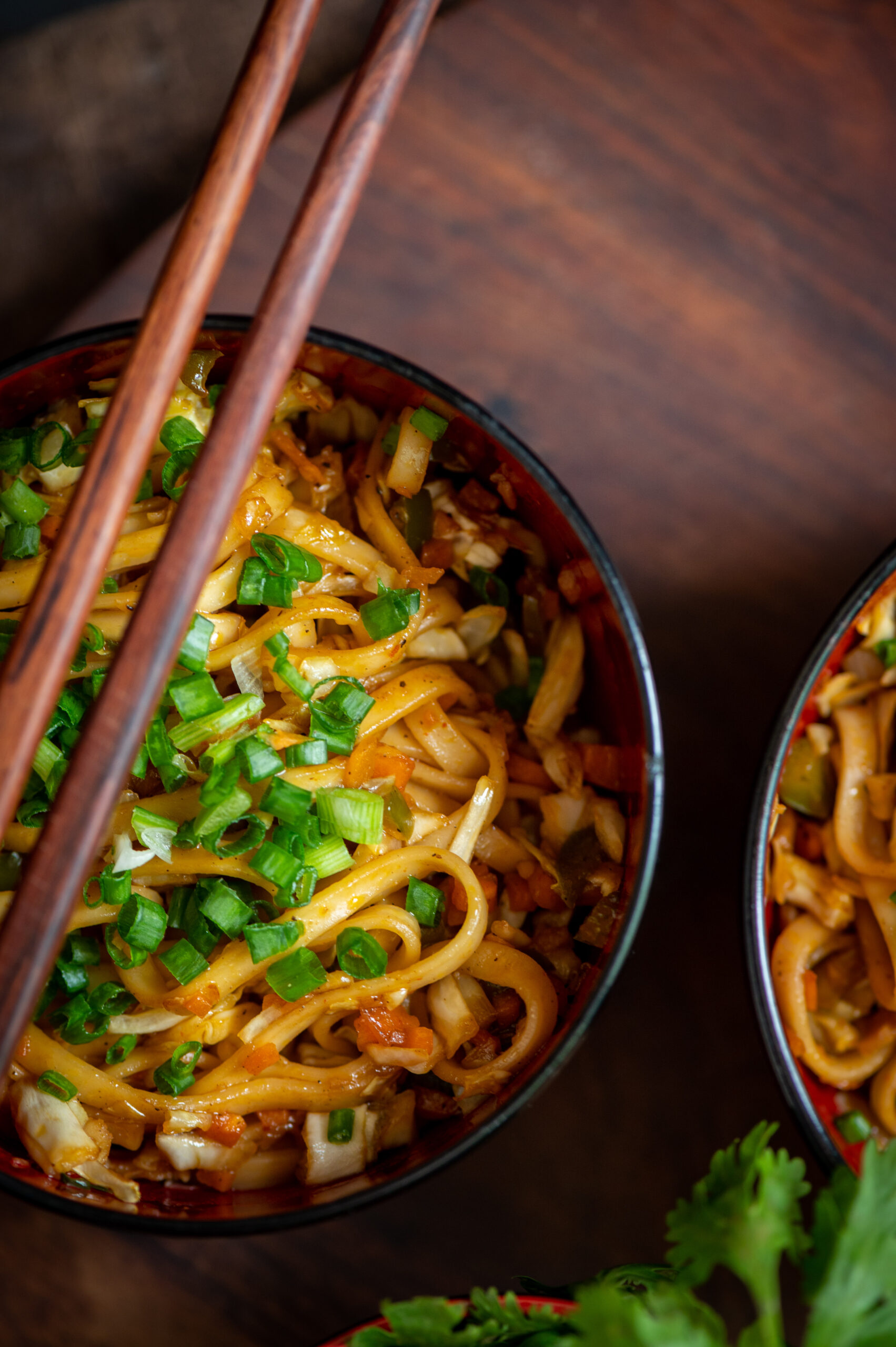
Udon Noodles
(Yield: Serves 2)
1½ to 2 cups chopped vegetables (capsicum, carrots, beans, spring onions, cabbage)
1 cup cooked udon noodles
1 tablespoon garlic (finely chopped or grated)
1 teaspoon ginger-garlic paste
1 pinch black pepper
Salt to taste
2 tablespoons soy sauce
1 teaspoon chilli oil
1 teaspoon chilli flakes
1 teaspoon rice vinegar
1 teaspoon mirin
In a non-stick pan, heat 1 ½ tablespoon sesame oil. Add ginger-garlic paste and sauté till it is fragrant. Add the vegetables, sauté and cook. Cover with a lid till it’s al dente.
Add the cooked noodles into the stir fried vegetables. Add pepper, salt, soy sauce, chilli oil, rice vinegar, mirin and chilli flakes. Stir until all the spices and ingredients come together.
Serve hot, and take in all the delicious flavours. If you enjoyed this dish, you may also enjoy this Asian stir fry. Do give both a try and let me know what you think!
